If you’ve been following along on Instagram, you’ll have seen my frequent work for the olive oil company Lucini Italia. It’s been one of the most rewarding partnerships of my professional career, one based on mutual respect, support, and a darn strong love of olive oil.
Meaning “little glimmering light”, Lucini is the impassioned project of a husband-and-wife team who visited Tuscany several years ago, fell in love with the food, and lamented the lack of high quality extra virgin olive oils here in the United States. So they set about building a brand that would reflect the purity and quality of their beloved Tuscan oils, featuring first-pressed oils harvested early in the growing season to capture the peak of freshness. Although Lucini’s Premium Select Extra Virgin Oil from Tuscany is still their flagship product, the company (now owned by California Olive Ranch) wanted to create another extra virgin olive oil that would reflect the same quality standards, but would be priced for everyday use.
The South American high desert region of Mendoza, popular for it’s famous wine export, Malbec, might seem like an odd choice for an American-based, Italian-inspired olive oil company to set up shop. But as we – Lucini’s brand ambassadors – have learned over the past few months, the soil and temperature conditions in Mendoza are ideal for growing Mediterranean crops such as olives, wine, nuts and citrus. Furthermore, Italian farming expats have been moving to Argentina for generations, and with them, have brought the skills and techniques to develop a bright green and peppery Argentinian extra virgin olive oil that rivals the finest Tuscan product.
After developing recipes for Lucini over the past few months, the company was eager to fly several of us lucky bums down to Argentina to see the olive oil-making process in person. We would visit two of their producers – the Perez family farm – which still uses an Old World hand-harvesting technique that produces a higher yield, but is a more labor-intensive (and costly!) process. And a second producer – Olivaterra – based in San Juan in the foothills of the Andes Mountains, which processes olives at the other end of the spectrum: large-scale and machinery-intensive, relying on the latest and greatest in olive oil processing capabilities (hello drones!)
The Perez Family Farm
Both experiences were fun and educational, with sights and sounds that were worlds apart, yet accomplished the same goal: a high-quality Tuscan-style extra virgin olive oil, as useful for cooking as it is for finishing.
But our Lucini hosts wanted us to experience much more than olive oil. Argentina is rich in culture and we were encouraged to soak it all in – the sun, the food, the people. After all, tourists don’t visit Tuscany simply to experience its lush olive oil tradition. Our Argentine itinerary was packed with visits to various wineries, restaurants (Francis Mallman’s 1884 Restaurant was a dream for those like to cook with fire), and the loveliest B&B tucked into the mountains. There, we rode horses, feasted on charcuterie, and I tackled two full plates of meltingly tender lamb shanks for dessert. Followed of course by our real dessert – flan – drizzled, as to be expected, with Dulce de leche.
Our meals were many and memorable, often meandering over the course of several hours, usually pushing our dinnertime plans until late in the evening each night. One of my favorite meals was a lunch banquet set amongst Olivaterra’s olive orchards, seemingly in the middle of nowhere (or at least as much as the 45-minute drive down a dirt road would suggest). There, dappled in sunlight, we sat and we ate and we drank, gesticulating wildly so as to be understood on either side of the language barrier; howling at the humorous and off-colored jokes of our Argentine companions, the merry band of men who run Olivaterra with Kaizen-like efficiency.
Meats were grilled asado-style over local woods and delivered on heaping plates by waiters who were shocked (and perhaps a little offended) when we cried uncle and tapped out of the meal, our jeans unbuttoned, our gullets filled to the brim.
Olivaterra Olive Ranch
I had to laugh at another meat-heavy winery lunch at El Enemigo when I glanced at my friend Hetty, cookbook author and writer at Arthur Street Kitchen, a voracious and outspoken vegetarian. Her eyes were as big as saucers when she eyed my plate, stacks upon stacks of ribs of every shape and size – pork meat, beef ribs, succulent rib eye. Not a vegetable in sight.
We got our hands on plenty of vegetables though, one dish in particular – humita – a corn-based pudding – both savory and sweet and highly addictive. We ate it during our Olivaterrra lunch, amongst the trees and the jokes, and the happy birthday songs; gallon-sized jugs of Coke Classic intermixed amongst bottles of red wine. The humita was so addictive that I felt compelled to recreate the dish as soon as I got back home. (Fortunately, I’ve included my recipe below, and for the more omnivorous readers, added some wild head-on shrimp from El Salvador for added protein).
For brevity, I’ve decided to showcase more of a visual journey through Mendoza without expanding on all of the details from each and every stop. Should you have any questions about where we visited, and any must-do activities if you’re traveling to the region, please don’t hesitate to ask.
So I’ll leave it at that. The empanadas, the rib eyes, the alfajores, the daily breakfast sponofuls of Dulce de leche…and of course the olives, the oil, the mountains, and the desert, all part of a wild and authentic Argentine experience that I’ll never forget.
Uco Valley and Casa De Uco Winery
This post was written in partnership with Lucini Italia. All opinions are my own.
Humita with wild shrimp
Recipe
Ingredients
• 6 tablespoons Lucini Everyday Extra Virgin Olive Oil, divided
• 1 red onion, diced
• 4 garlic scapes, chopped (use 4 garlic cloves, minced if you don’t have access to scapes)
• ½ tablespoon butter
• ½ poblano pepper, diced
• 6 ears of corn, shucked, kernels removed to a bowl, the cobs milked with the backside of a knife to remove any of the remaining juices and added to the bowl of kernels
• Salt to taste
• 14-16 head-on wild shrimp (medium-large size)
• 1 teaspoon smoked paprika
• 1 tablespoon heavy cream
• ¼ cup mascarpone
• 1 lime
• 1bunch fresh cilantro, torn
Directions
1. In a Dutch oven, heat 4 tablespoons of the Lucini Everyday Extra Virgin Olive Oil on medium and then sauté the onion and garlic scapes until fragrant (several minutes).
2. Add butter, poblano and corn to the saucepan and cook for 6-8 minutes, seasoning to taste with the salt.
3. While the corn mixture is cooking, heat a large sauté pan over med-high heat and when hot, add the remaining 2 tablespoons of the Lucini Everyday Extra Virgin Olive Oil.
4. Add the shrimp, in two batches if necessary, and sear until golden red/brown on both sides. Remove and tent lightly with foil as you finish the corn.
5. Add the smoked paprika to the corn mixture in the Dutch oven and sauté one minute more.
6. Scoop the cooked corn mixture into a blender and add the cream, mascarpone, lime juice and then pulse until it just comes together (but is still chunky).
7. Taste the mixture again and add more salt and lime juice as necessary, and the ladle into bowls.
8. Top with shrimp and torn cilantro, serve!
Serves 4
Note: this recipe was adapted from Food52.



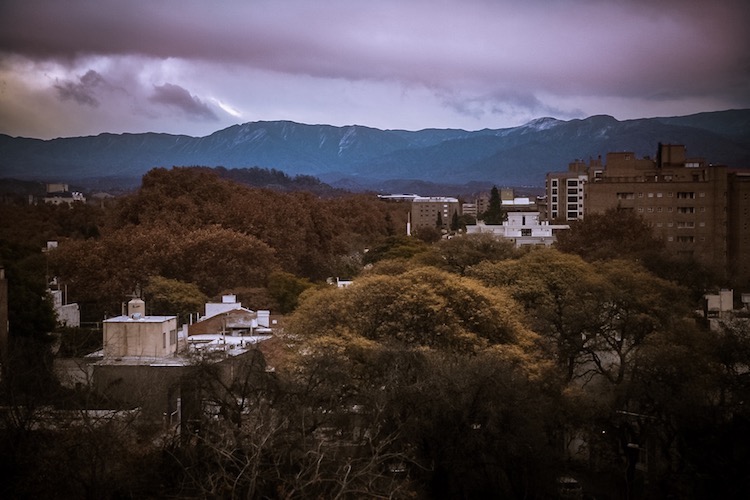

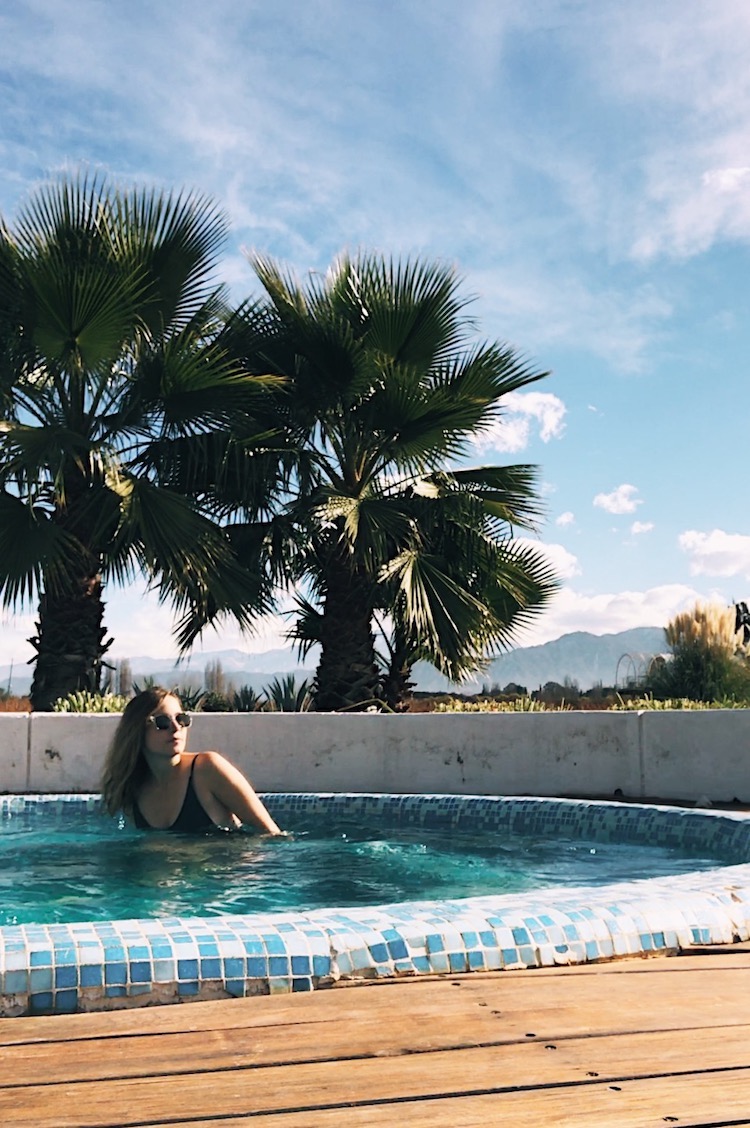
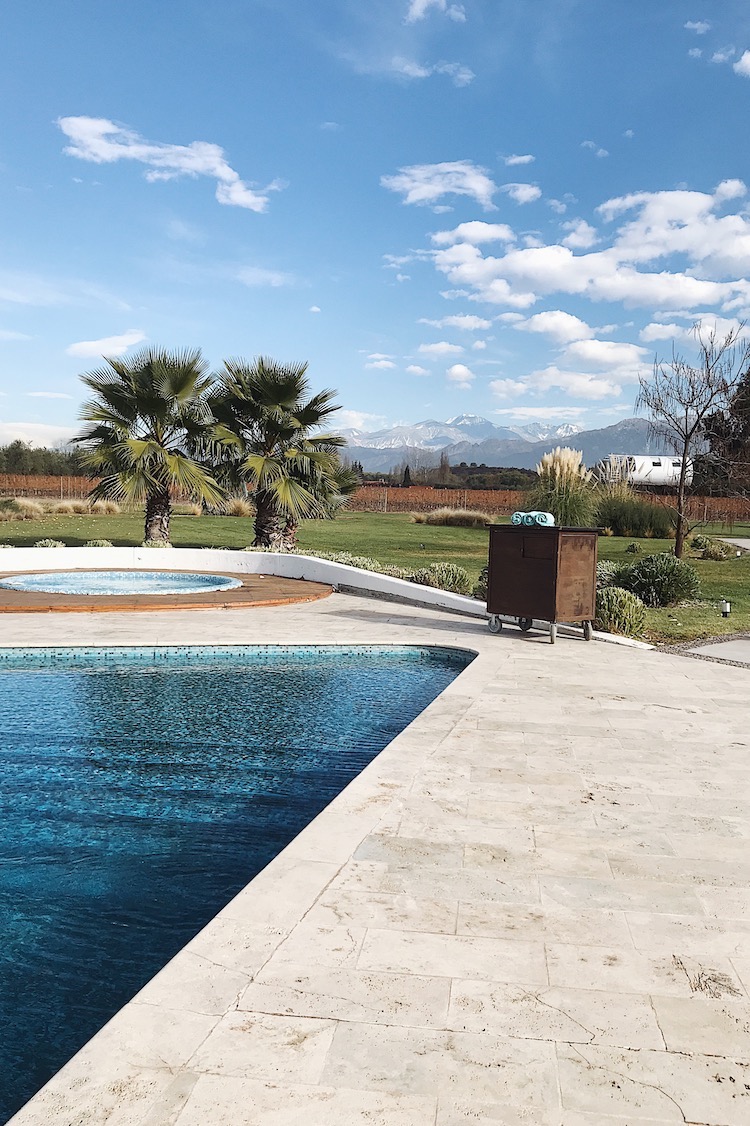
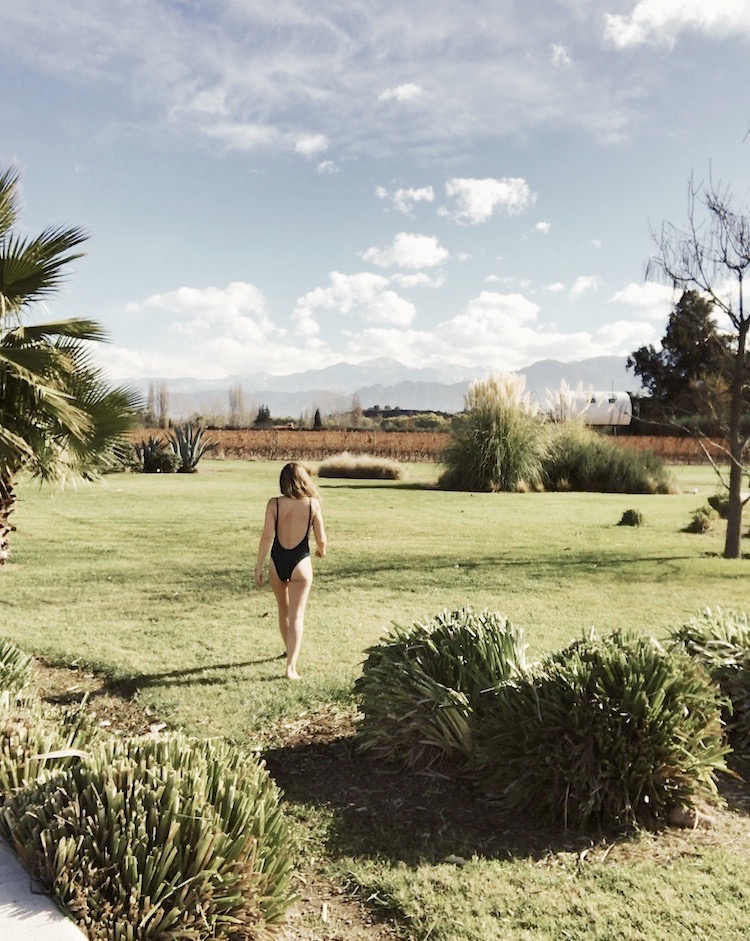
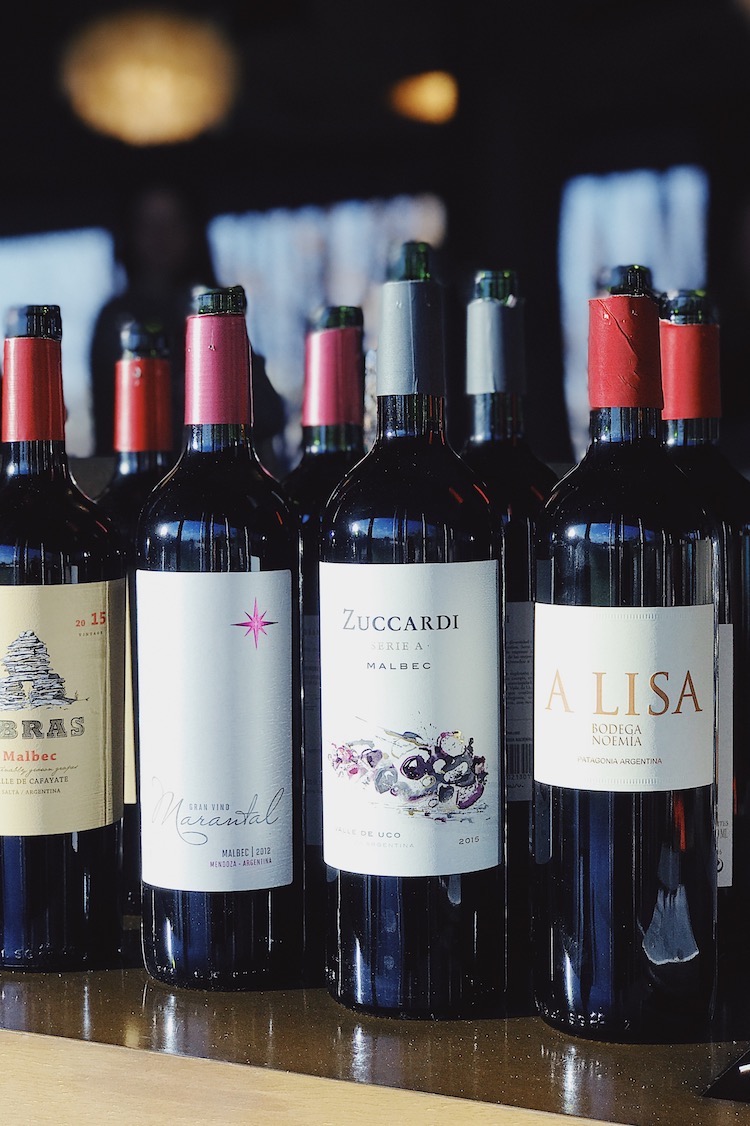
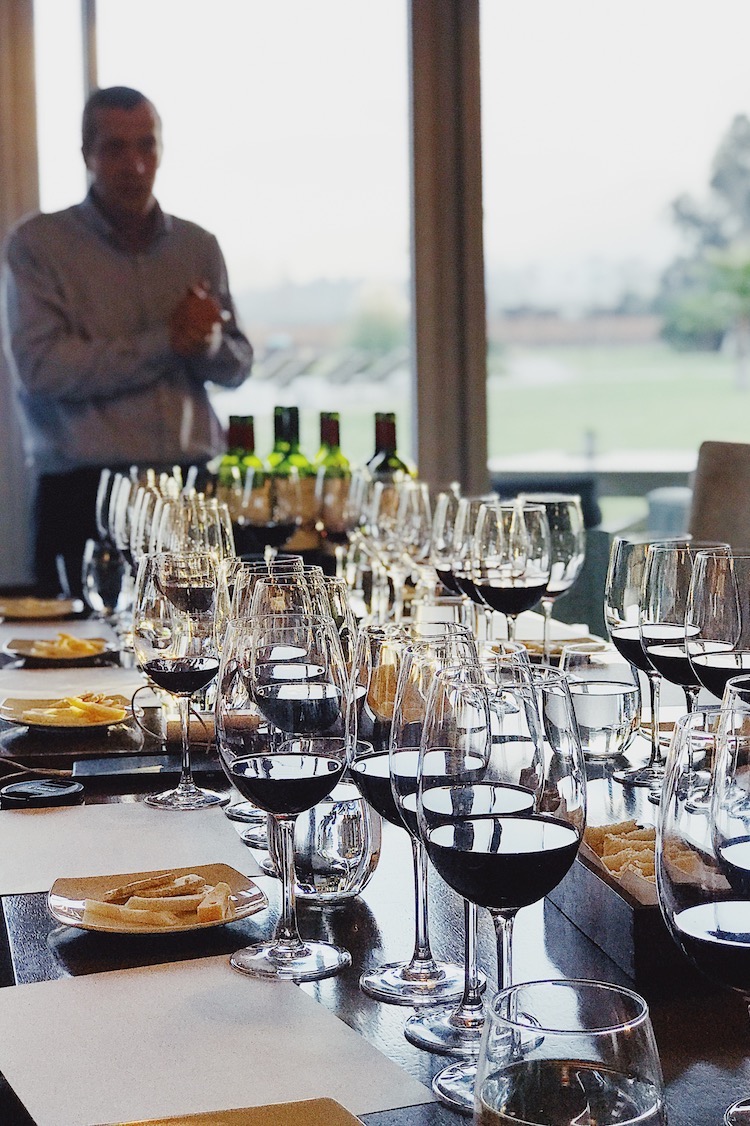
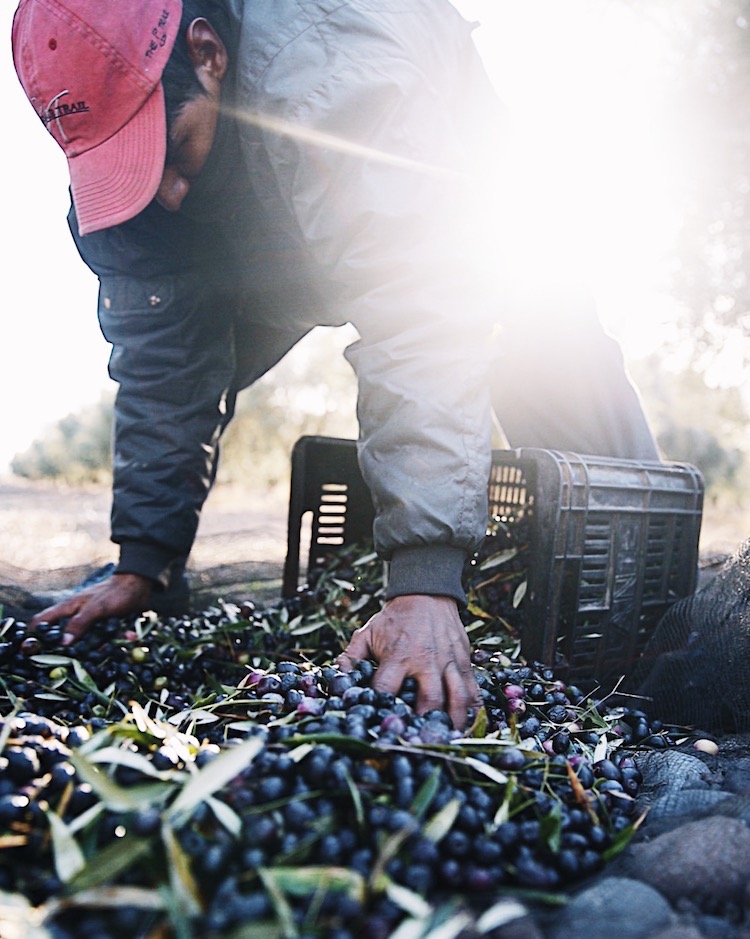

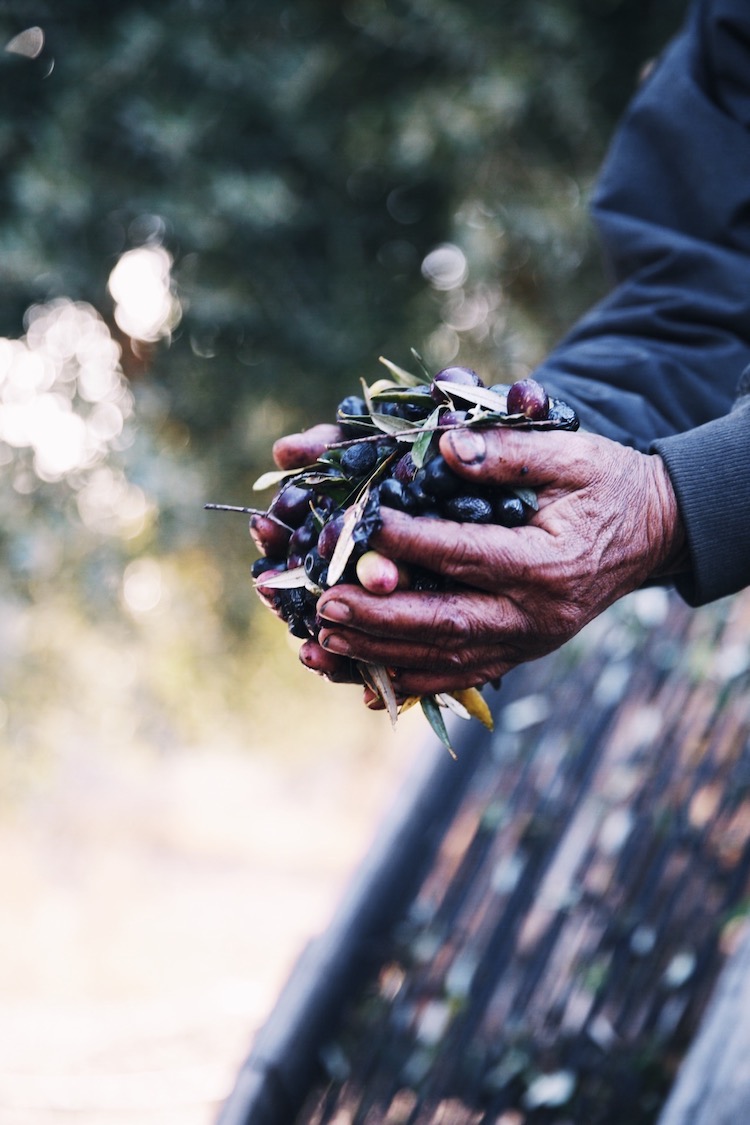
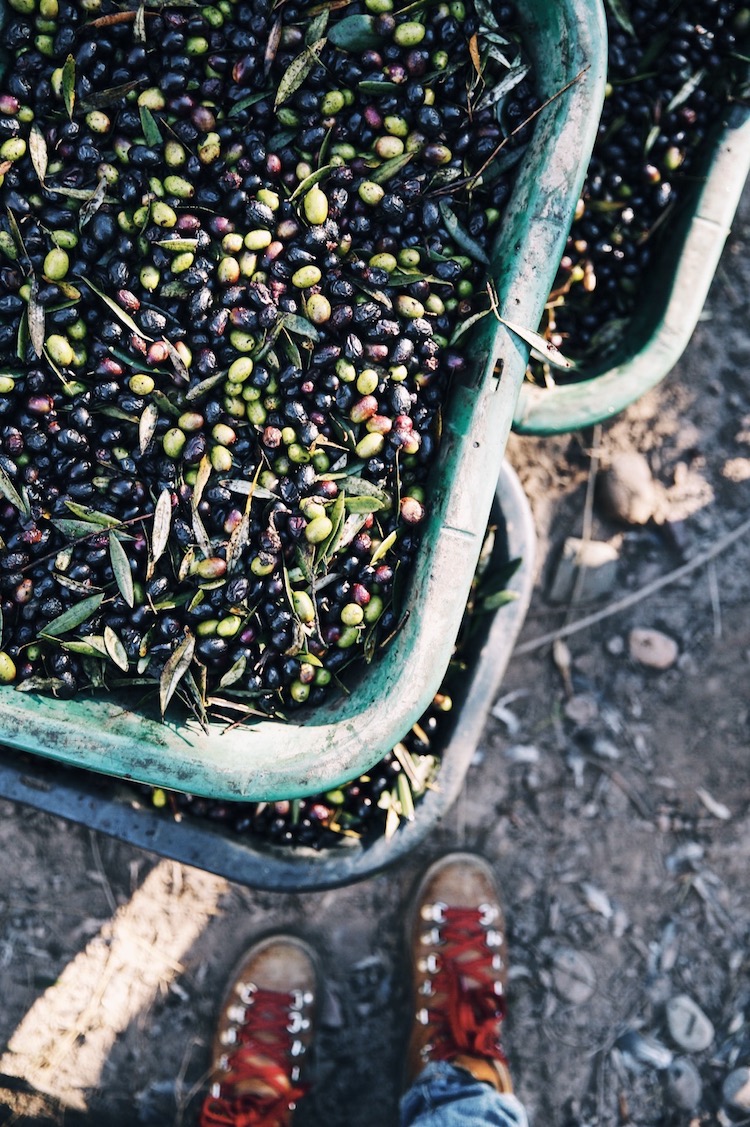
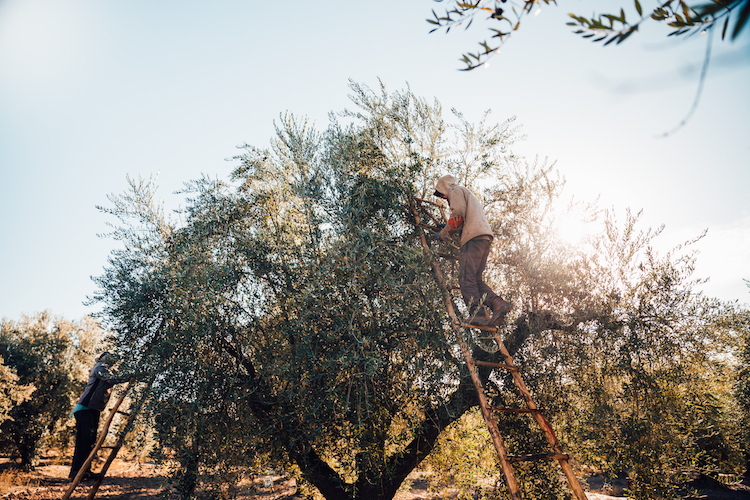
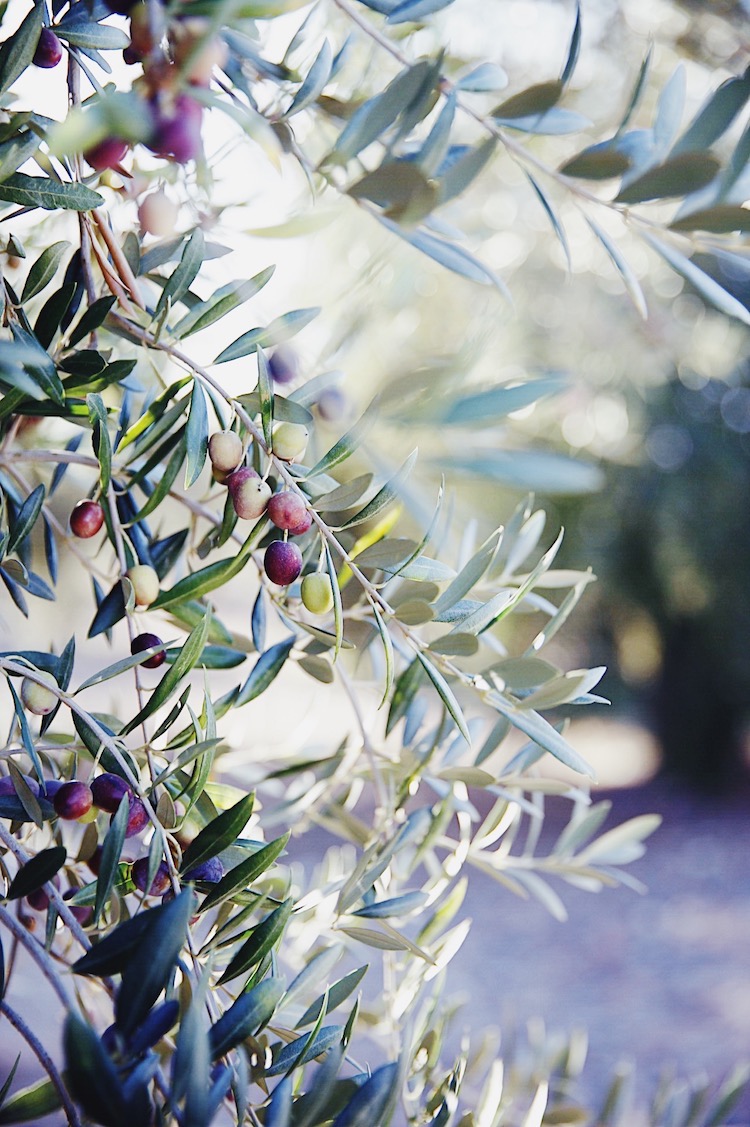
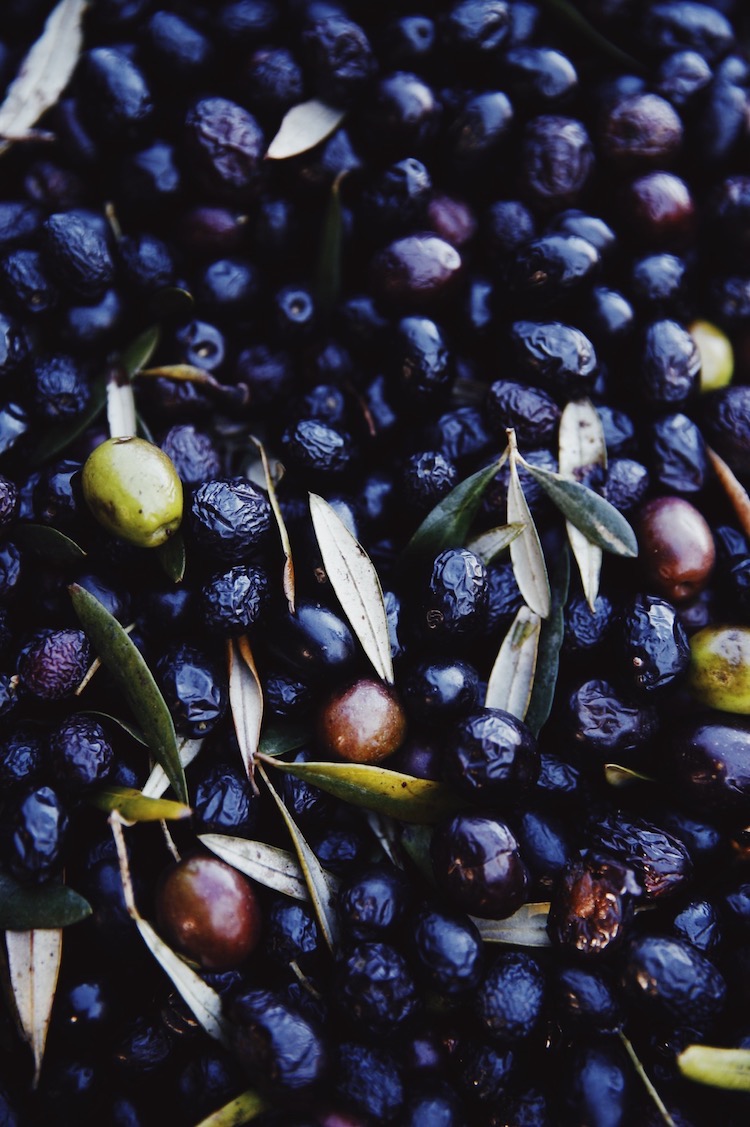
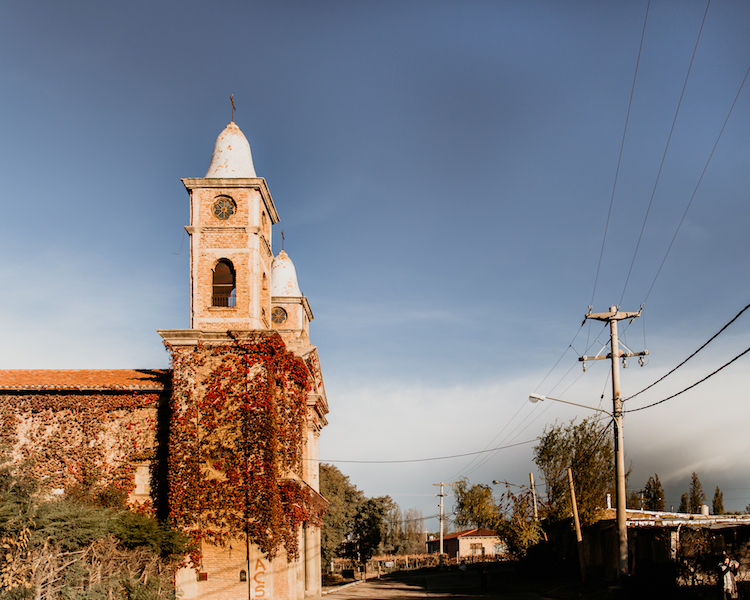
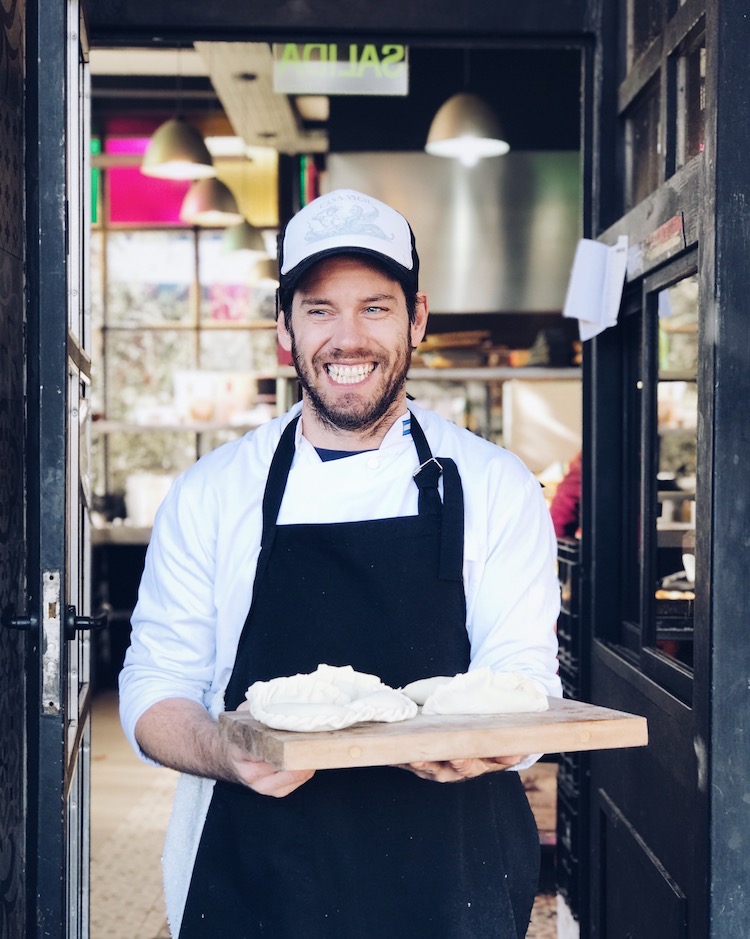


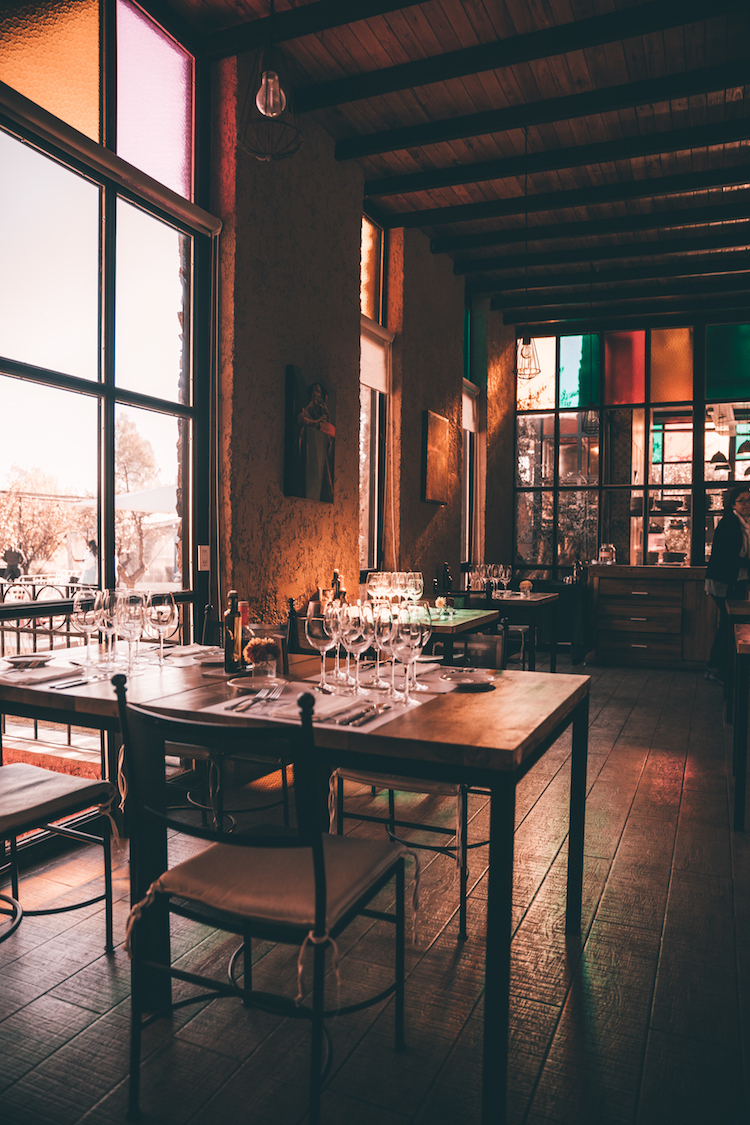
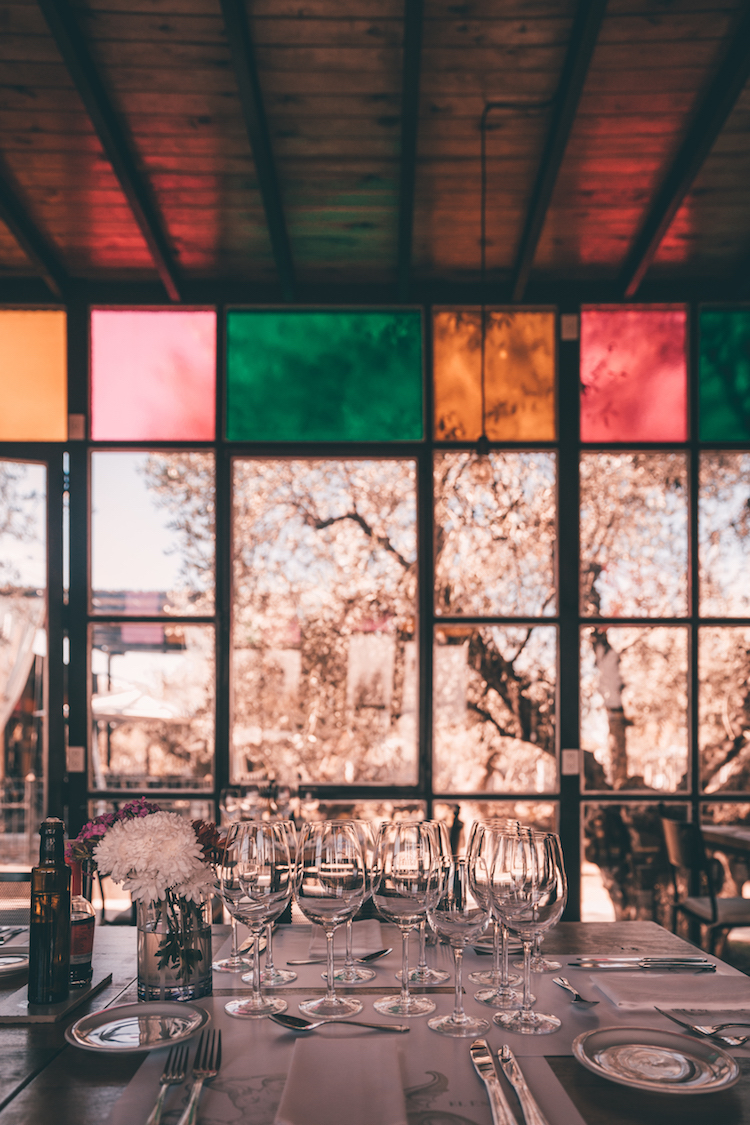






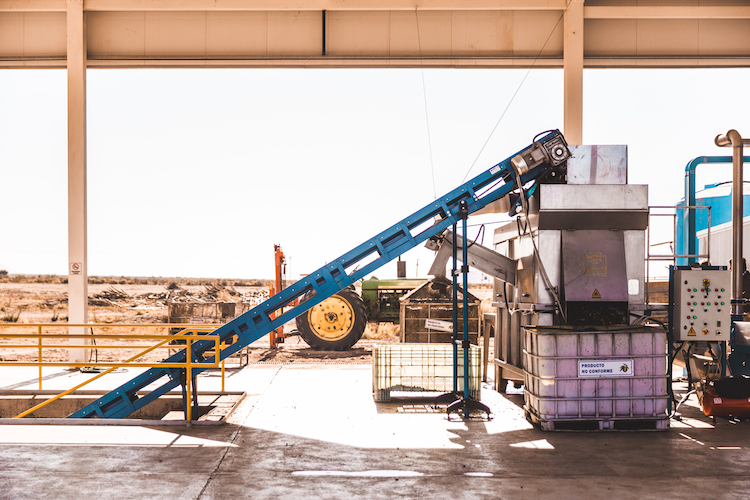
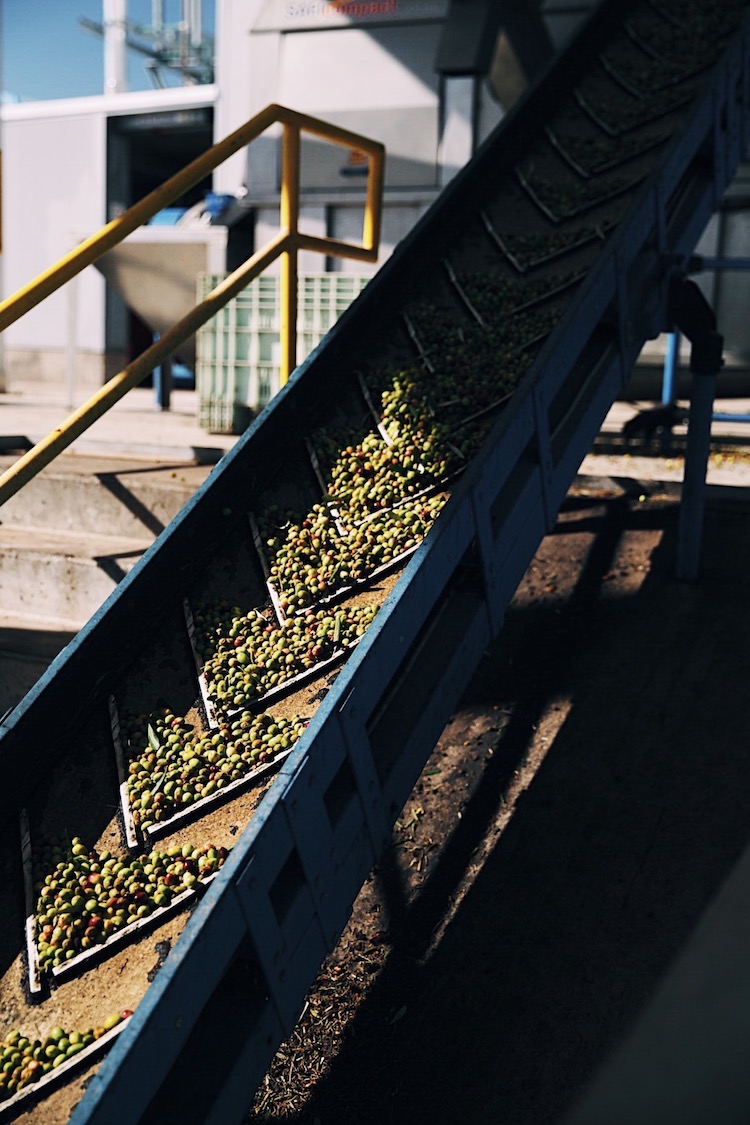

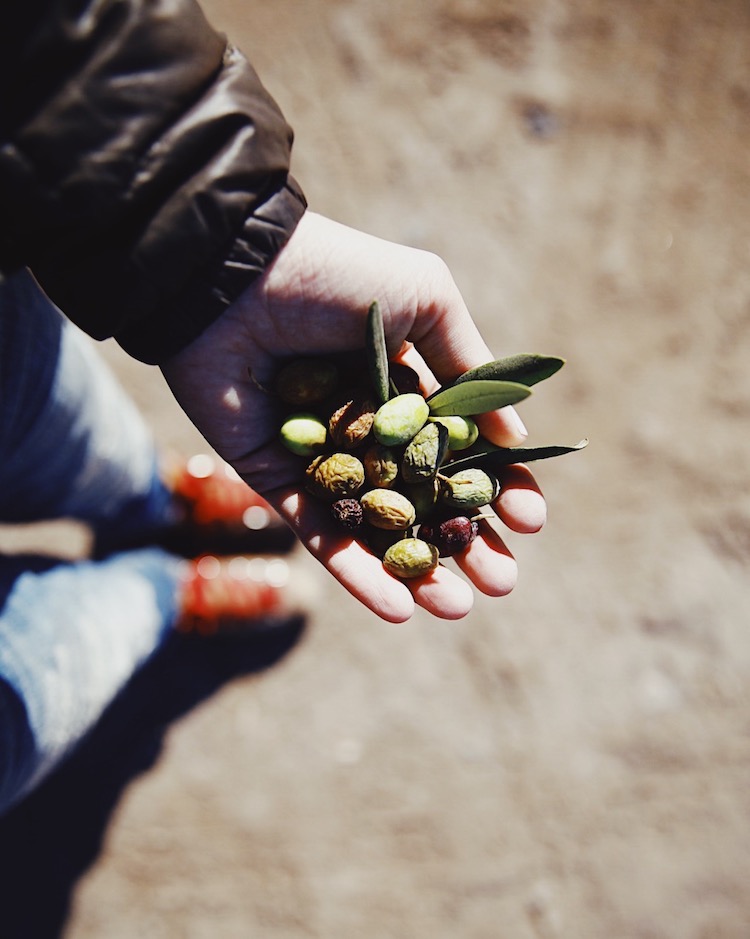
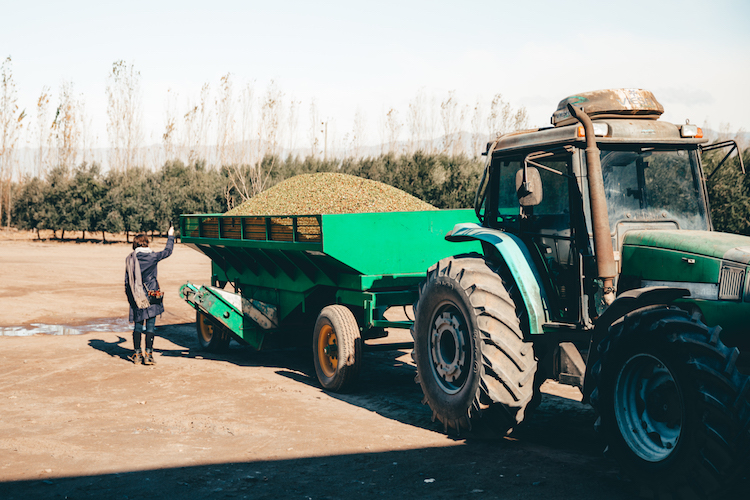
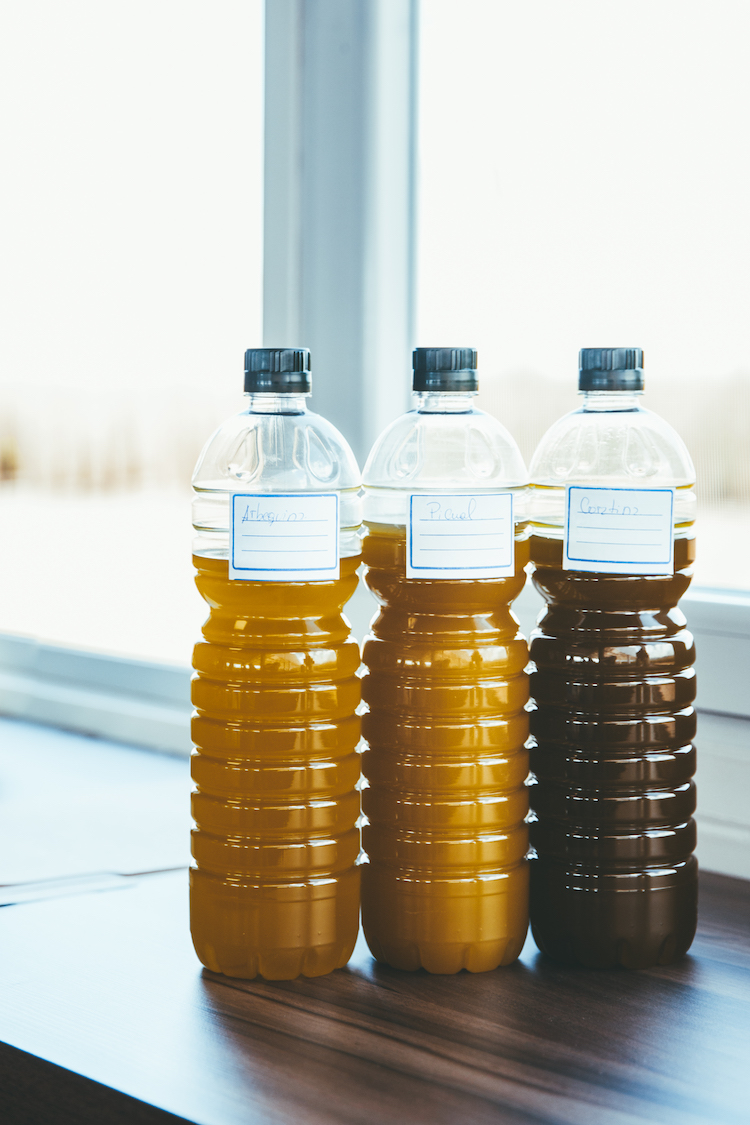
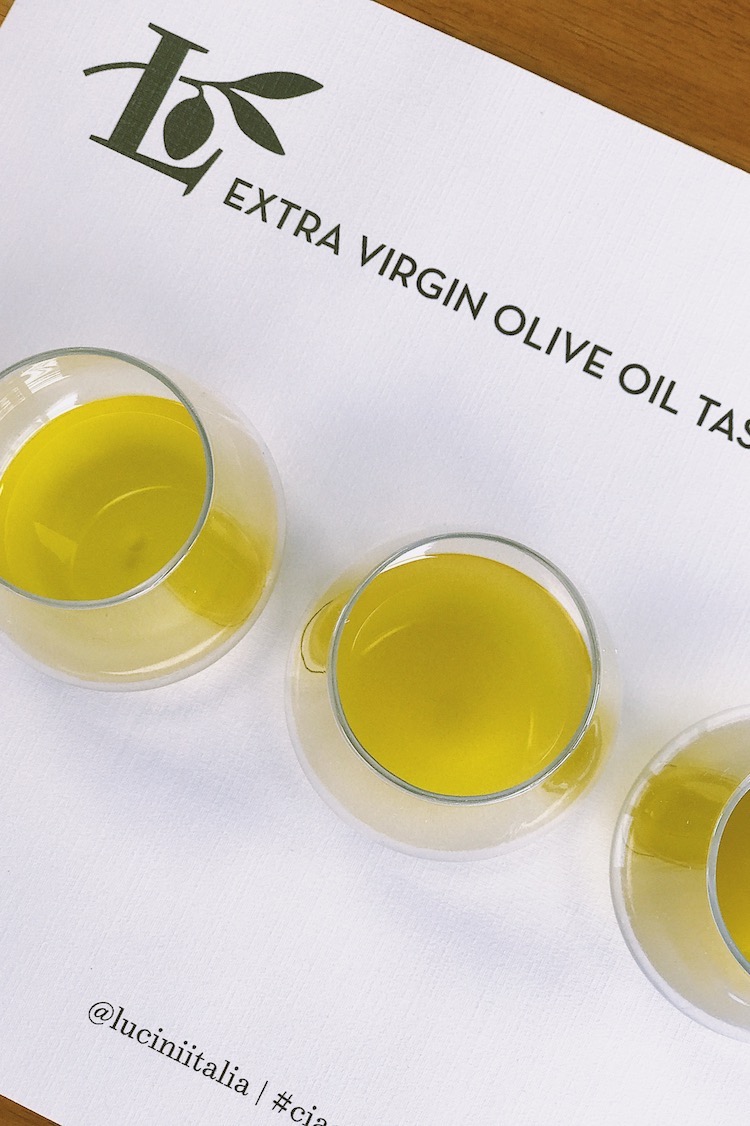
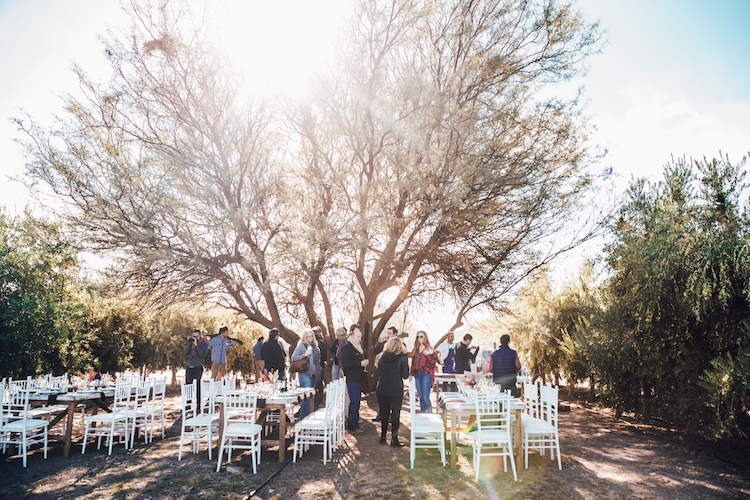
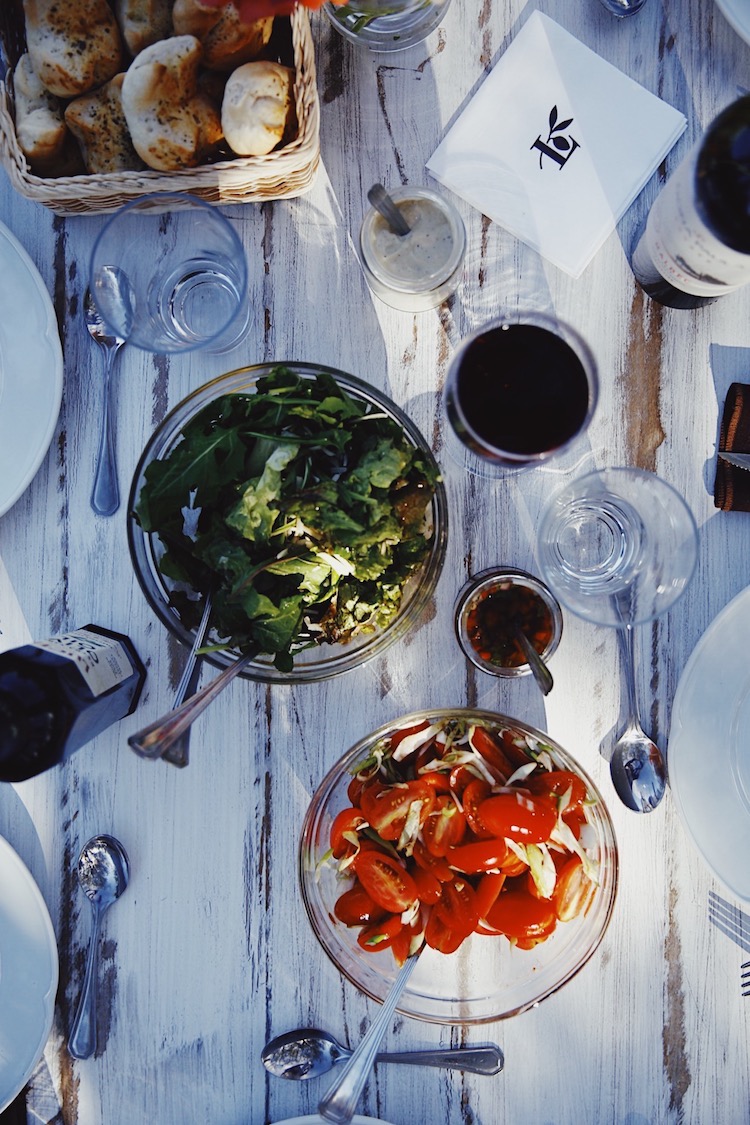
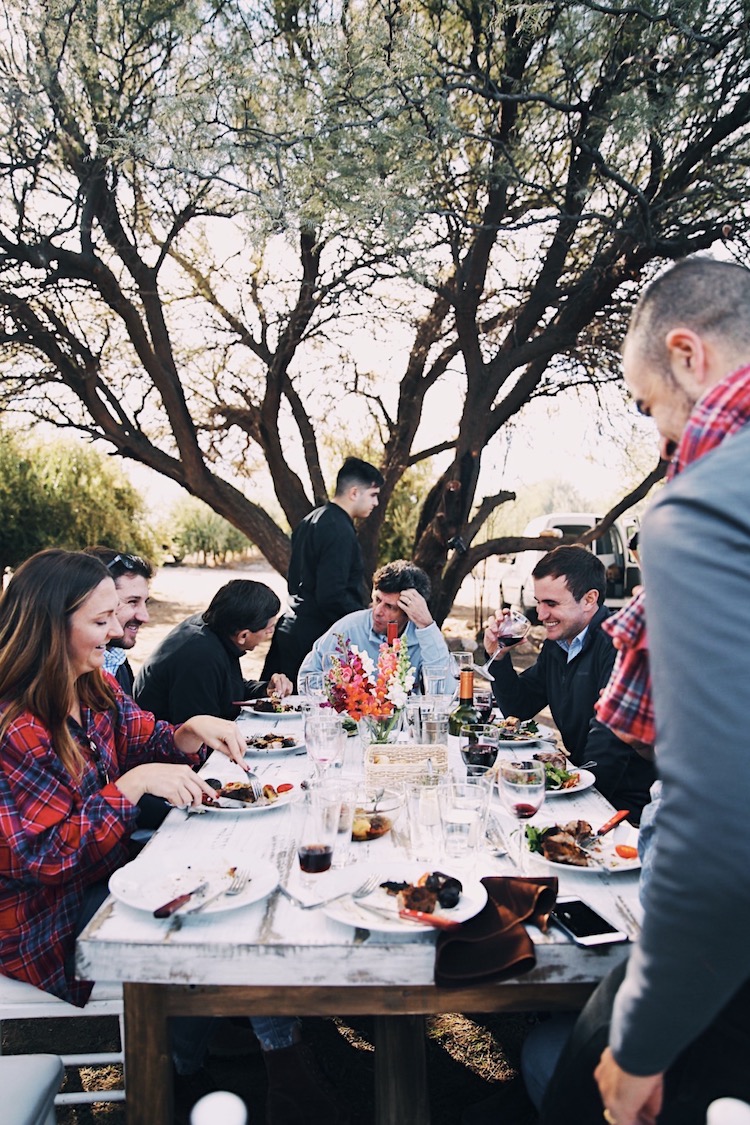
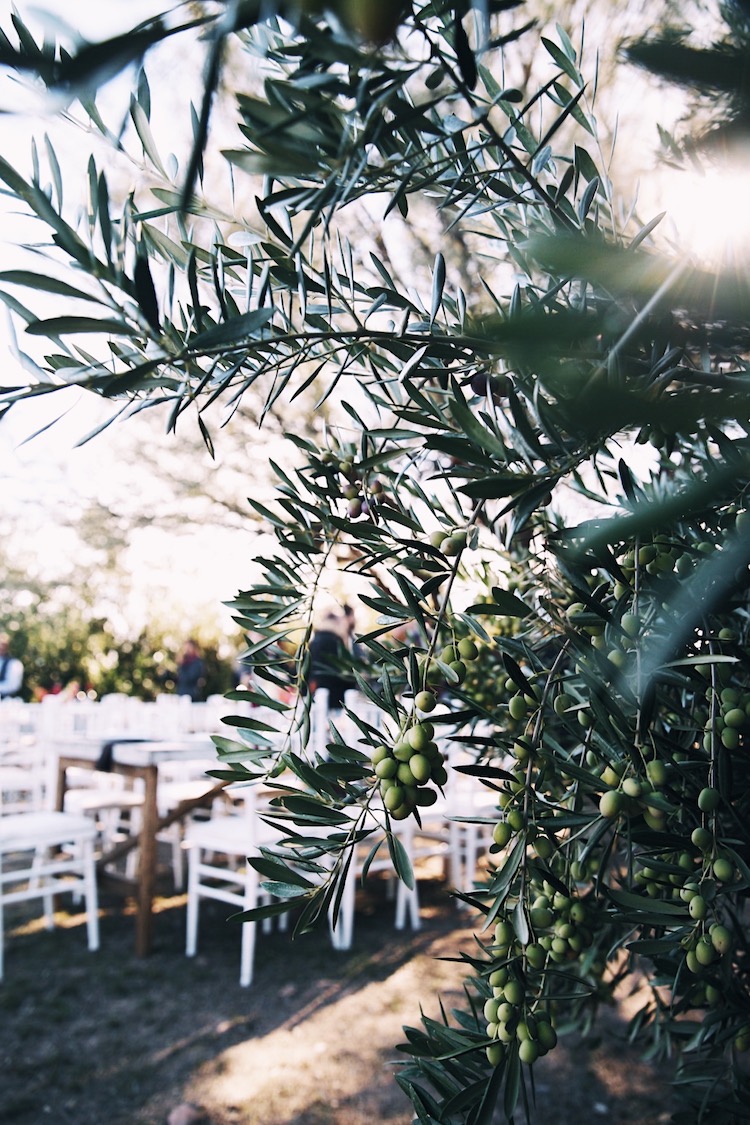
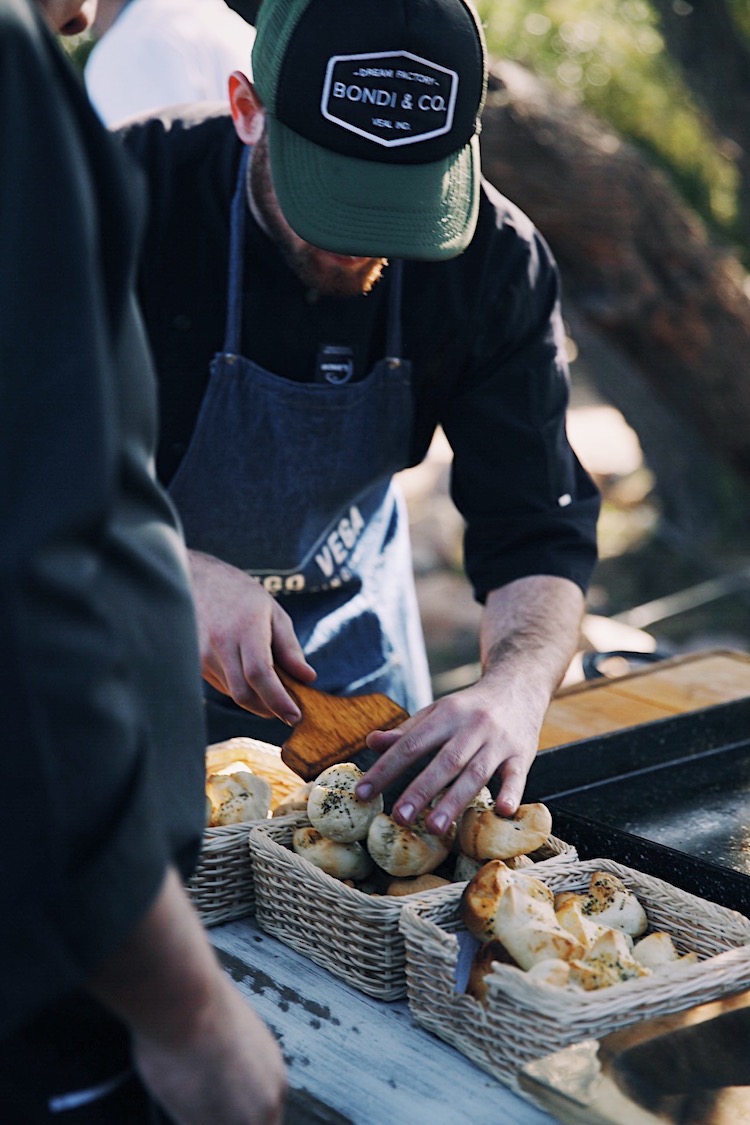
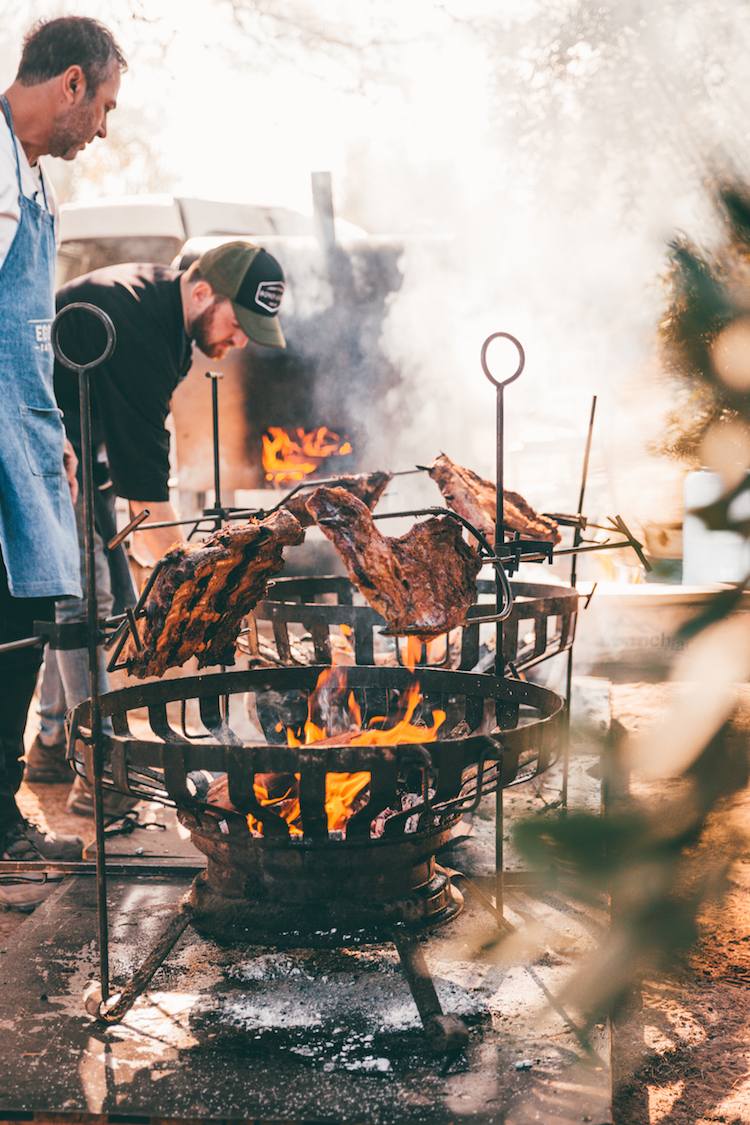
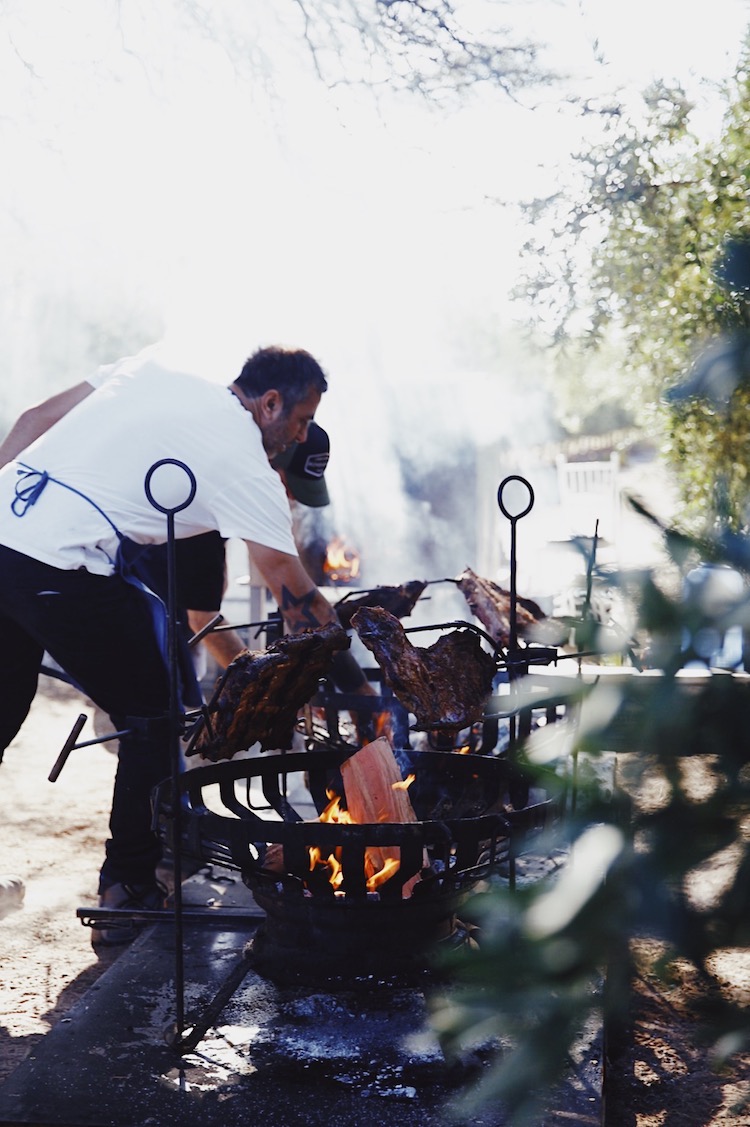
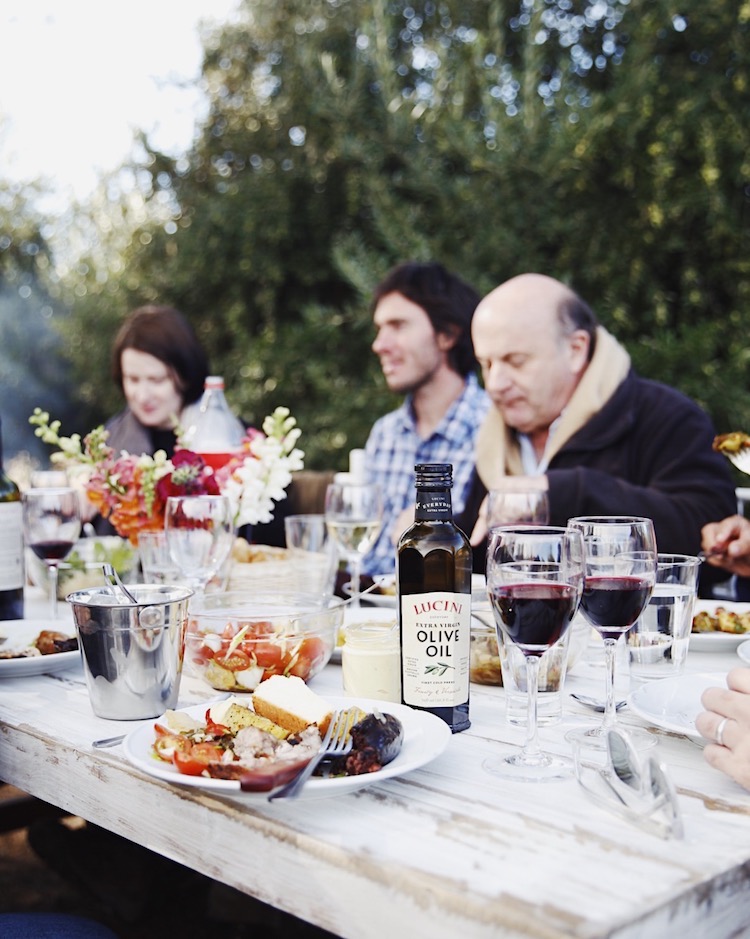
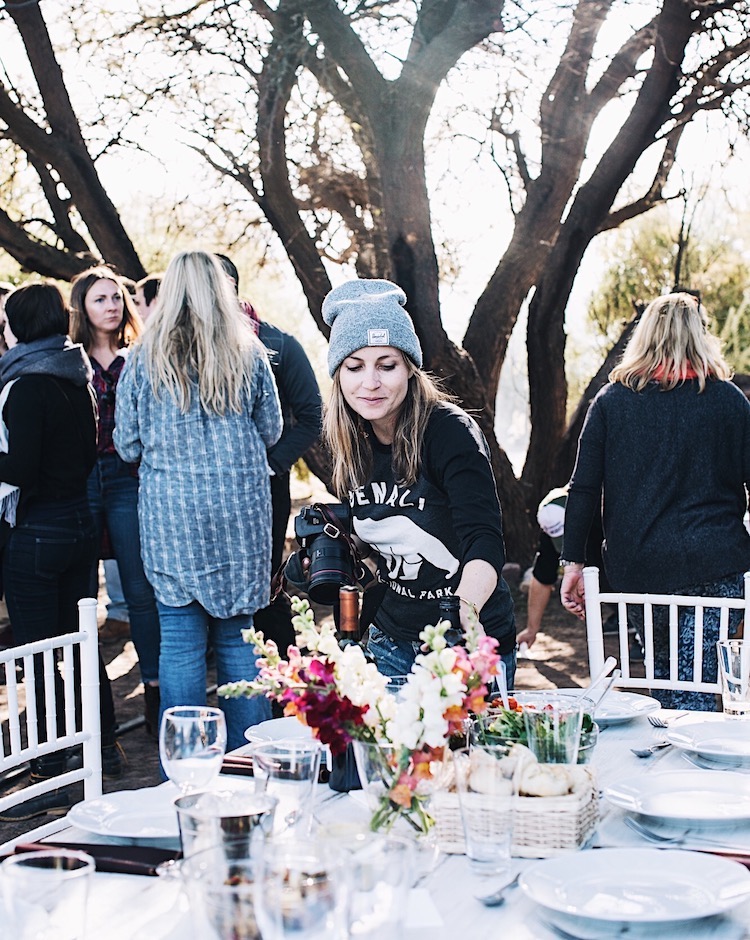

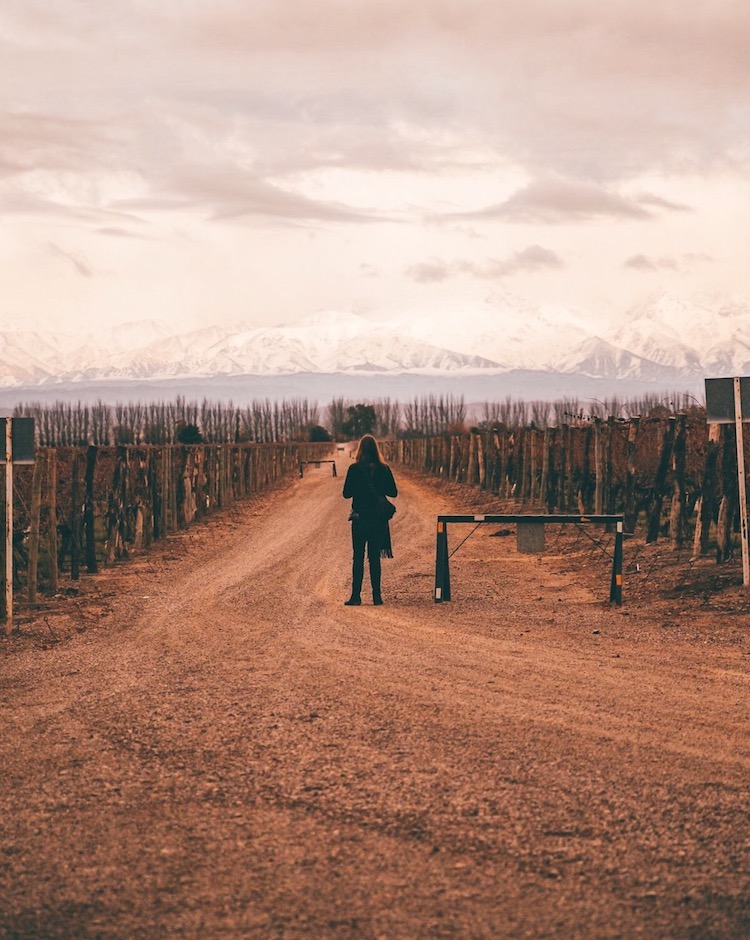
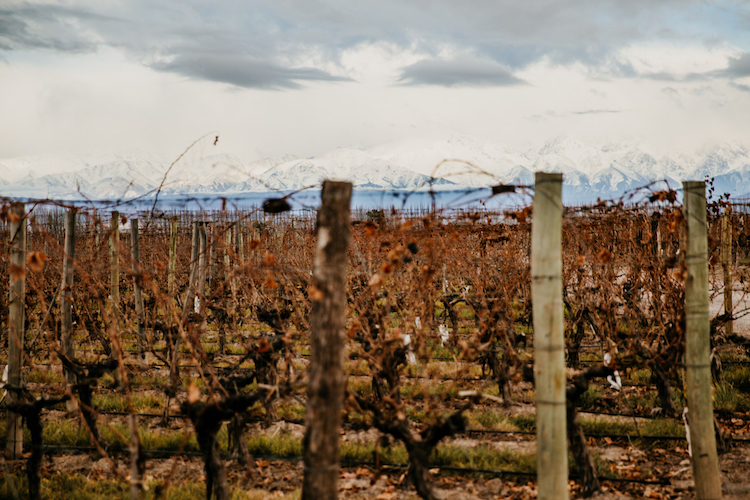

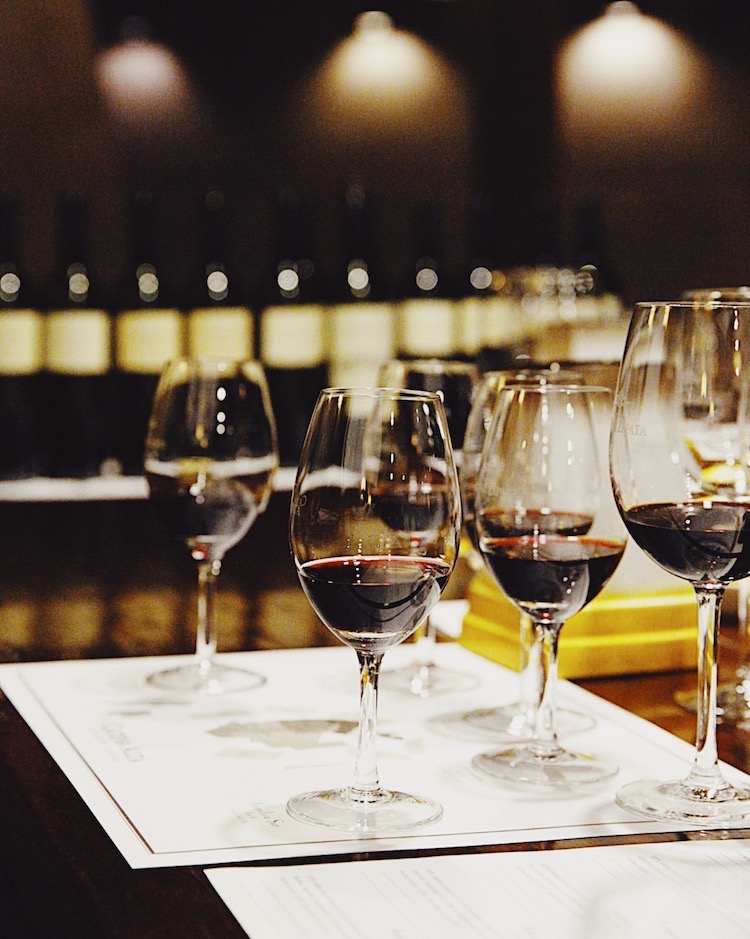
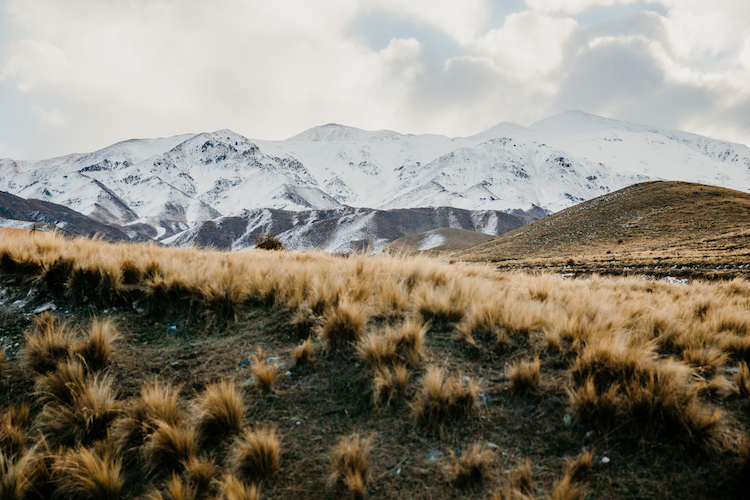
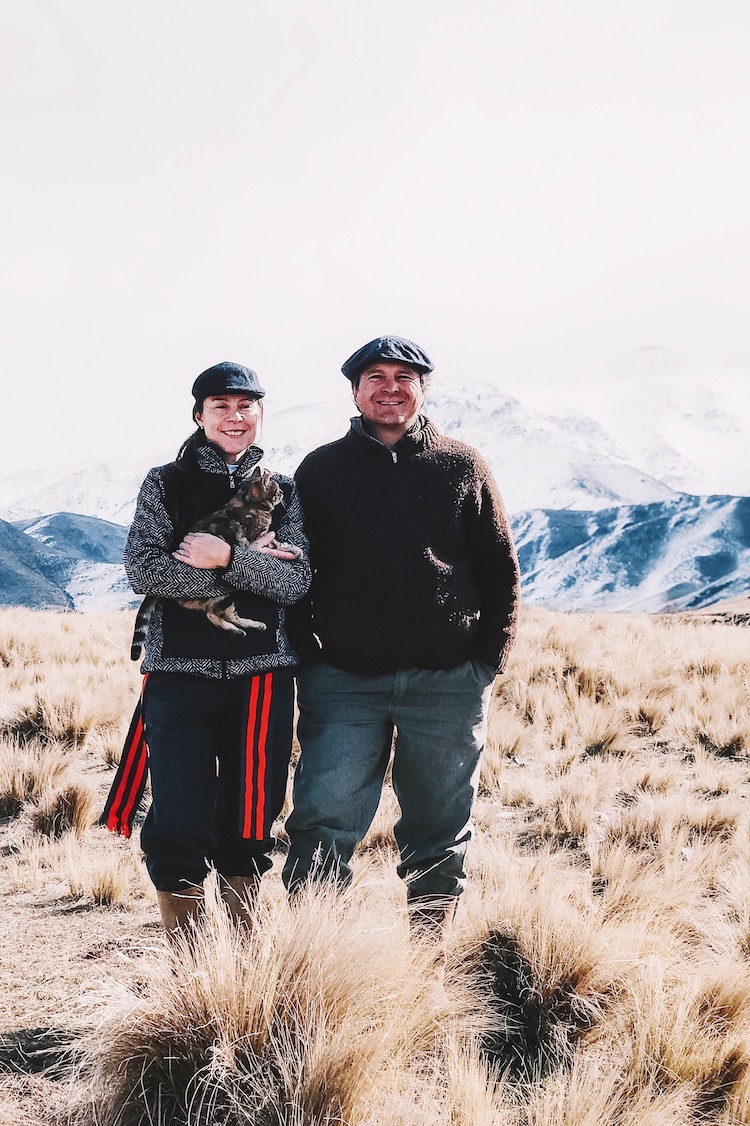
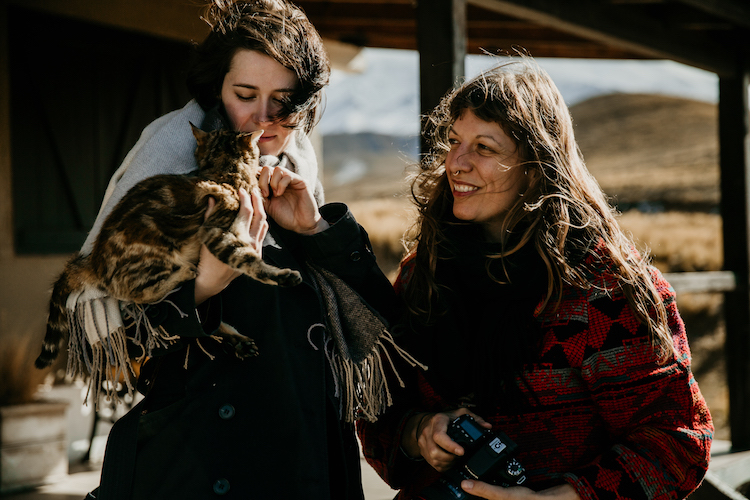
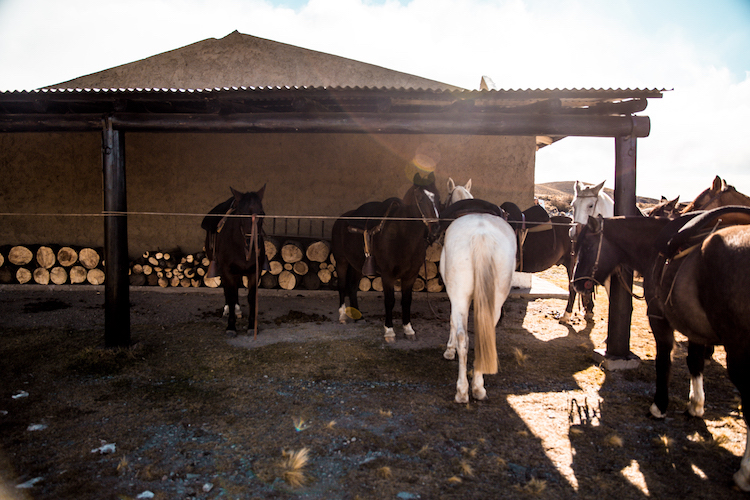

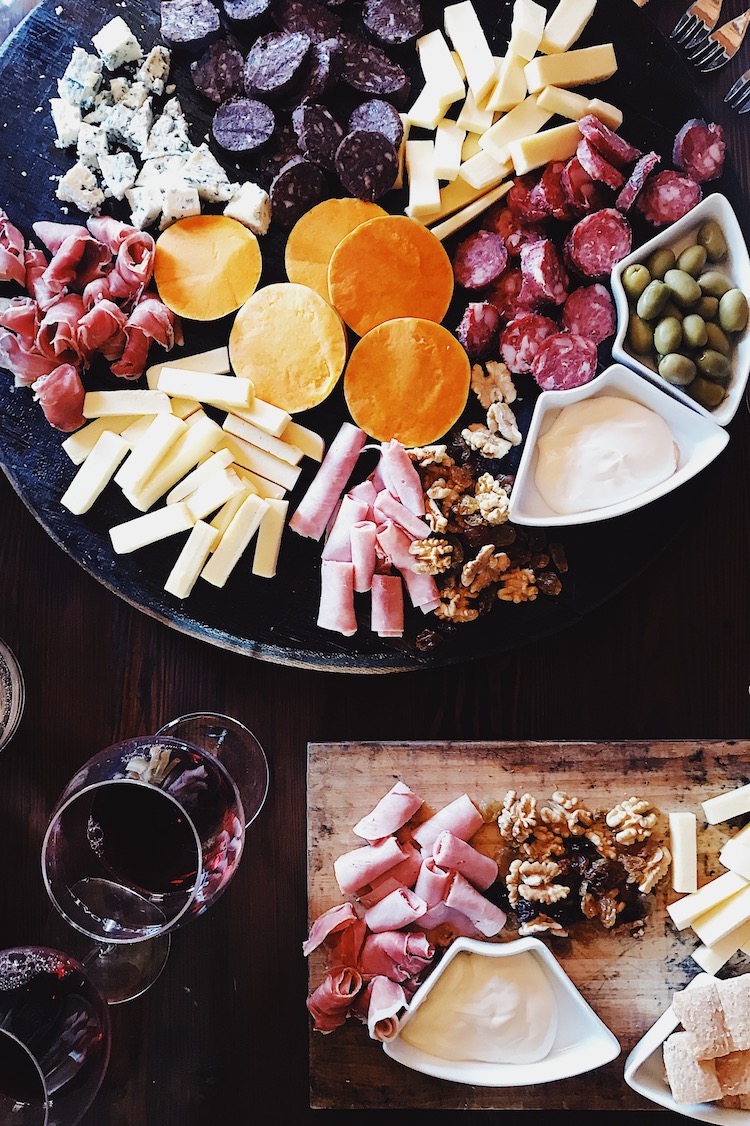
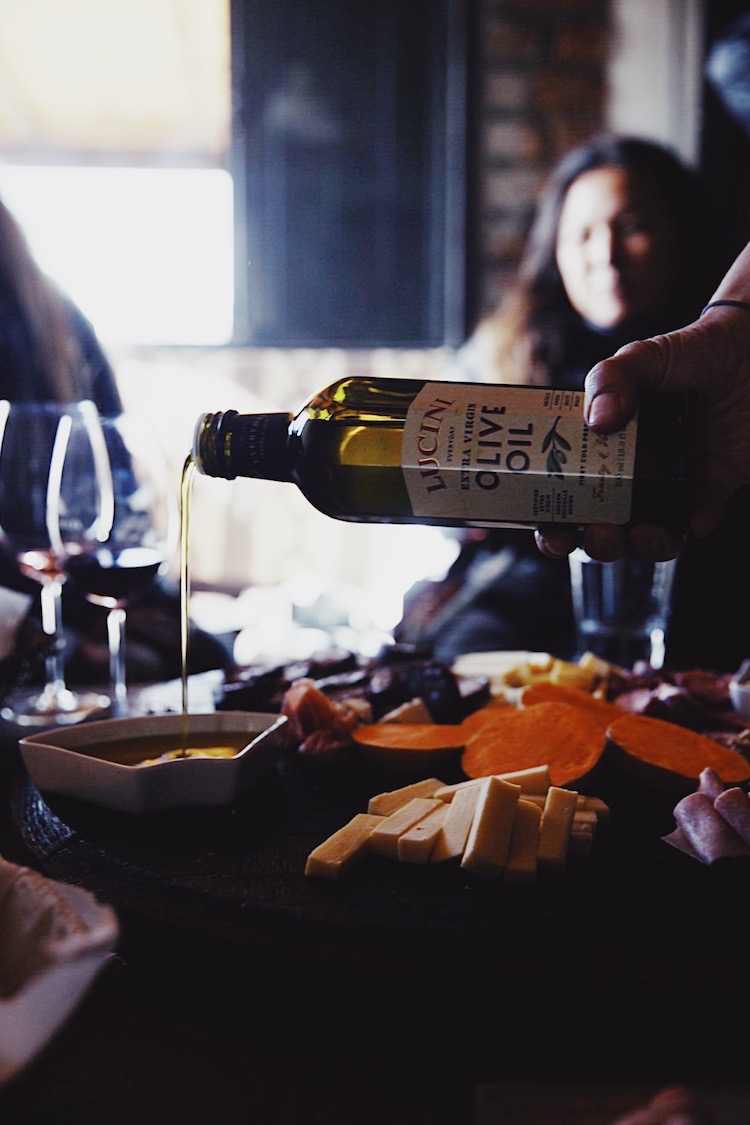
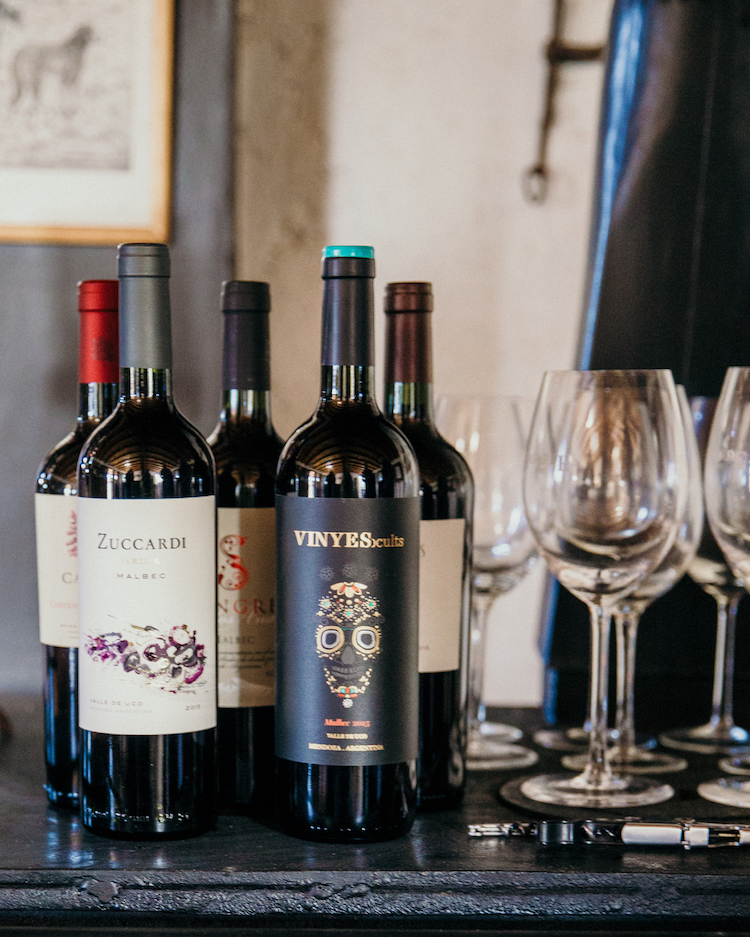

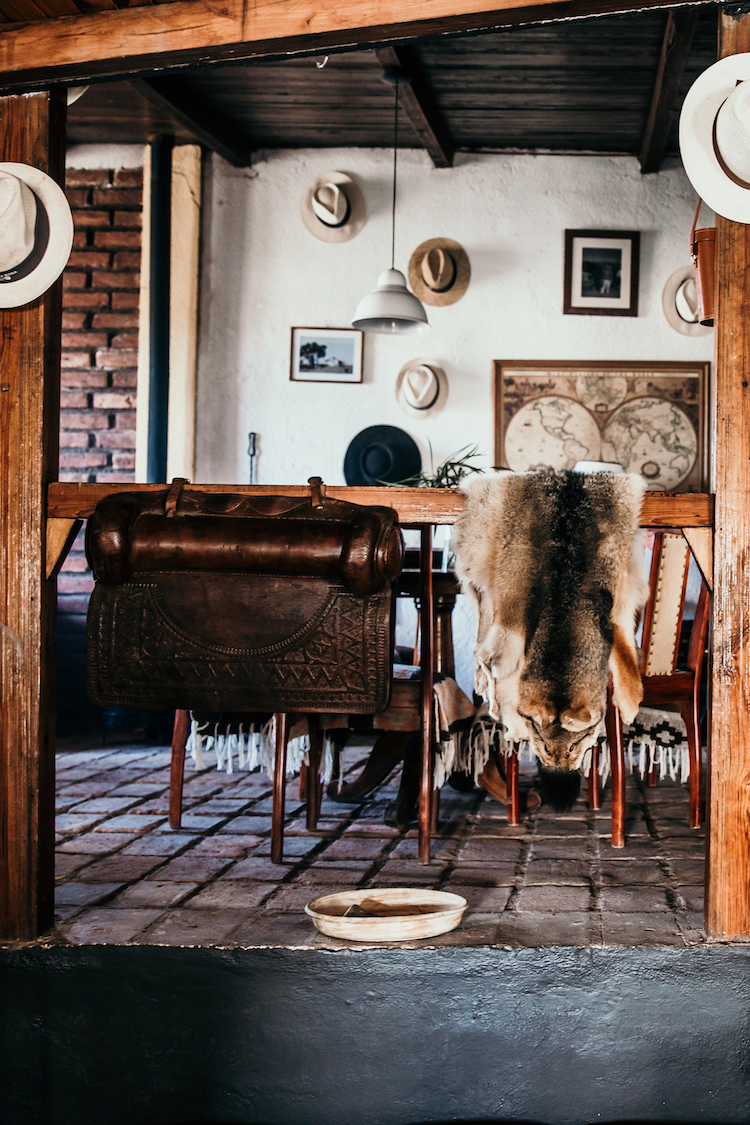
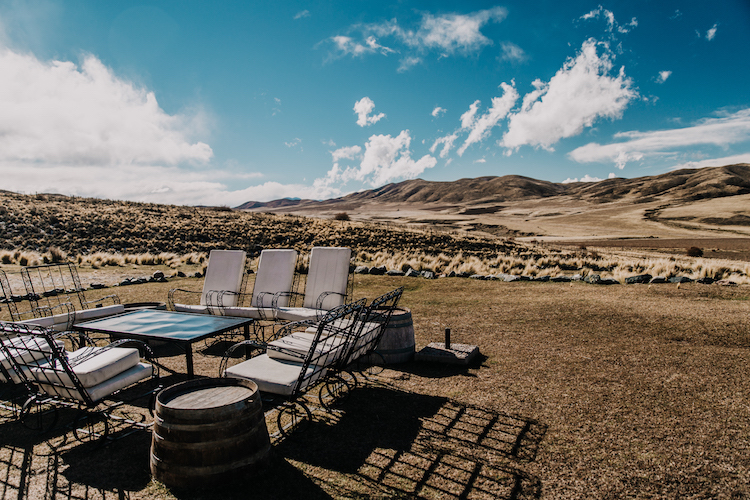
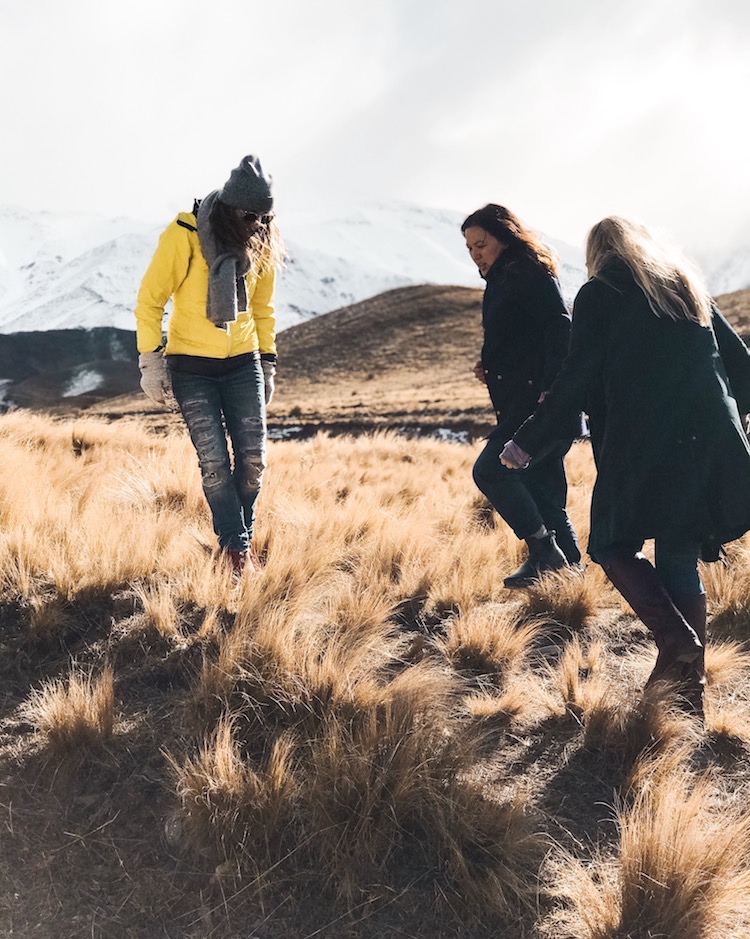
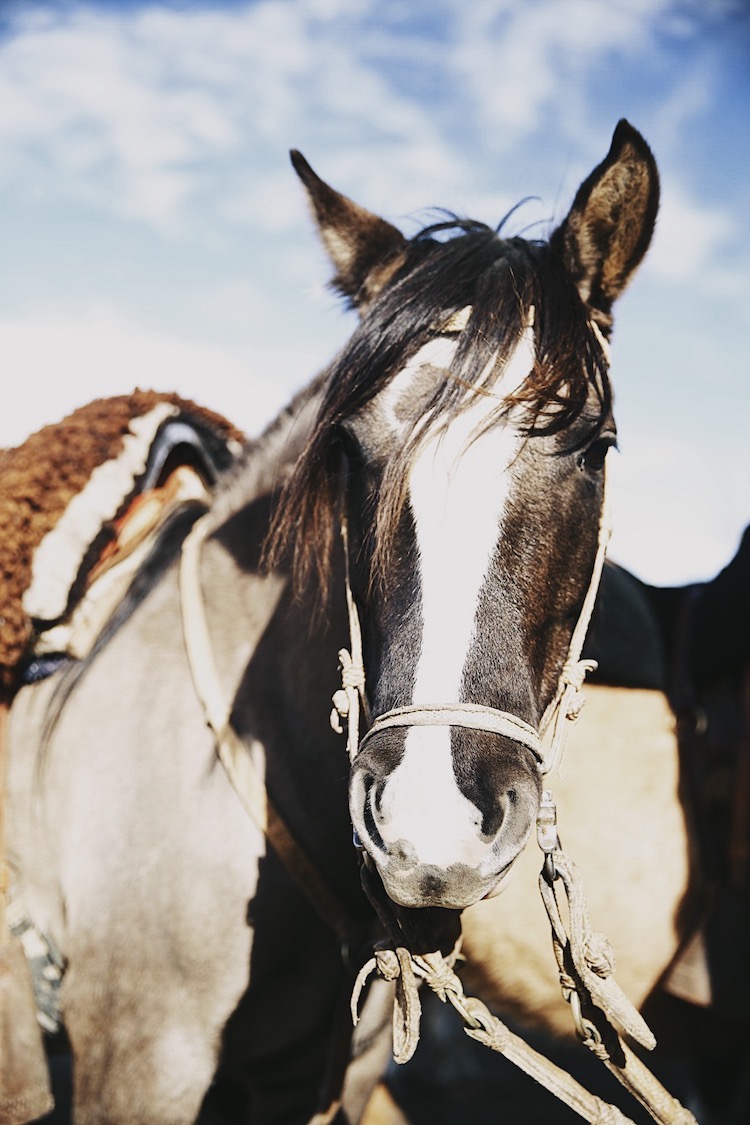
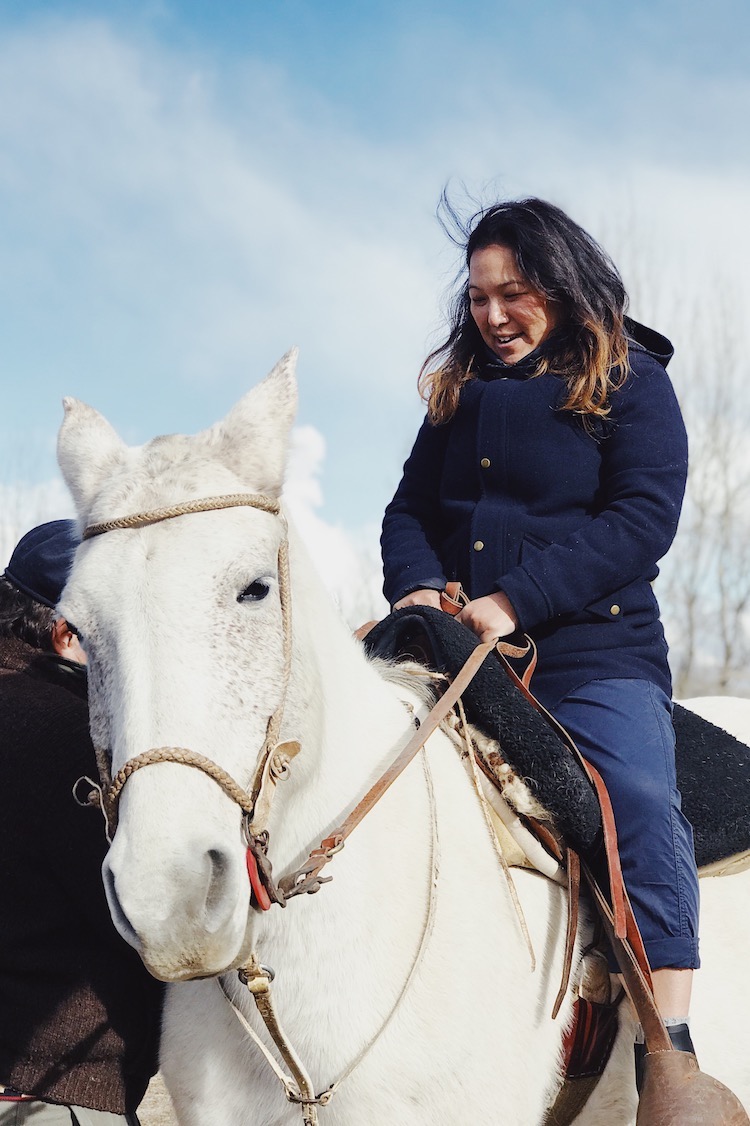


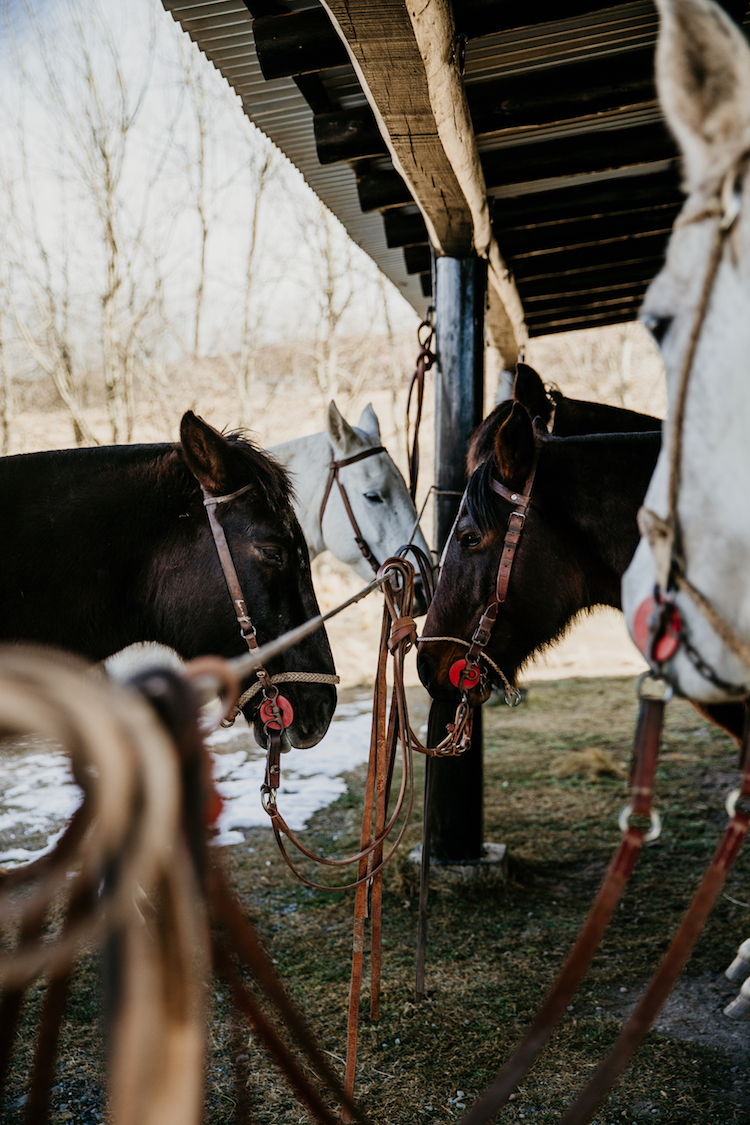

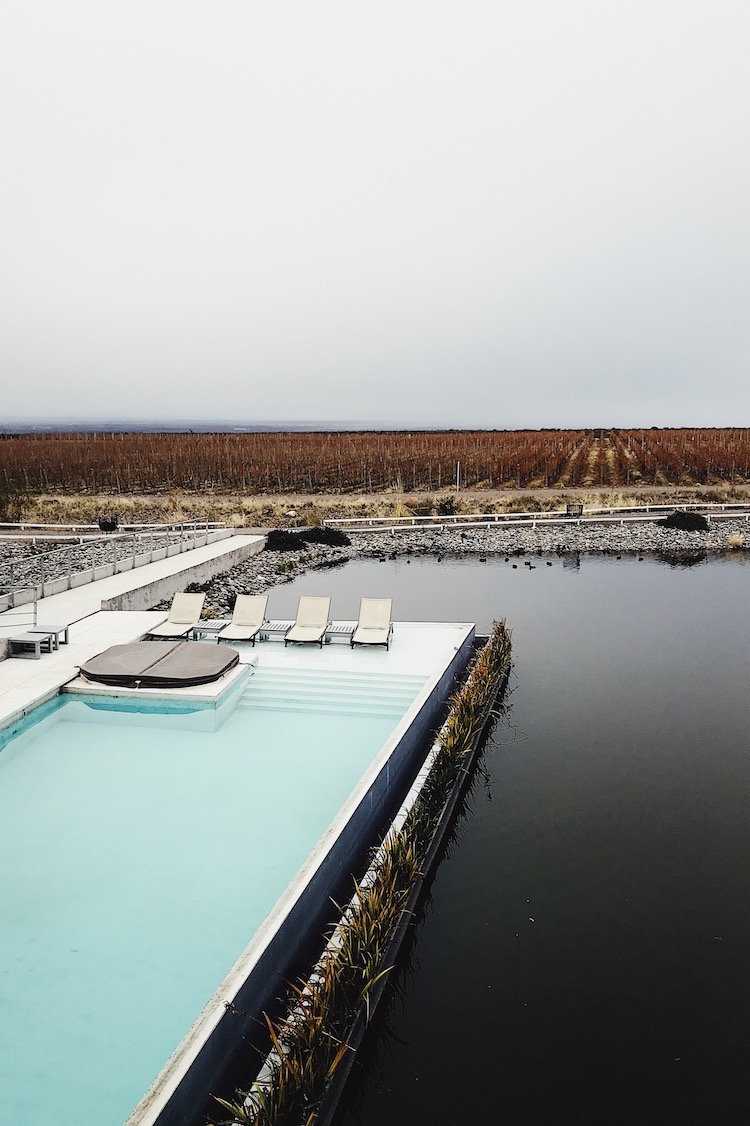
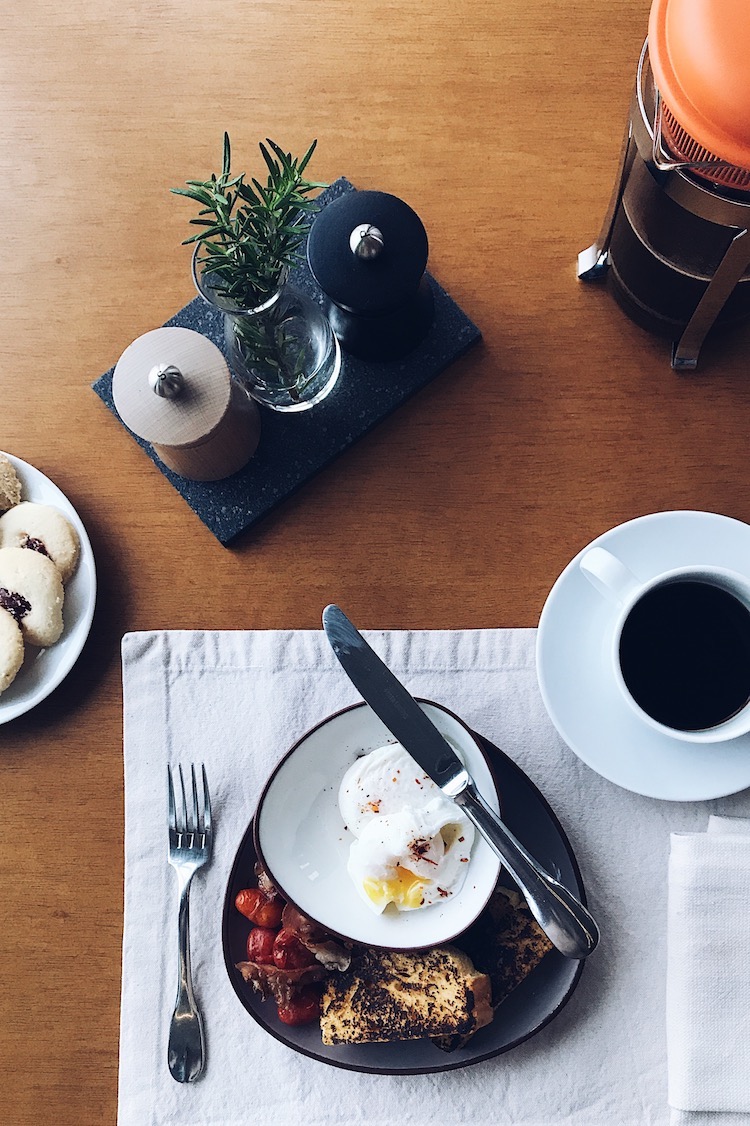

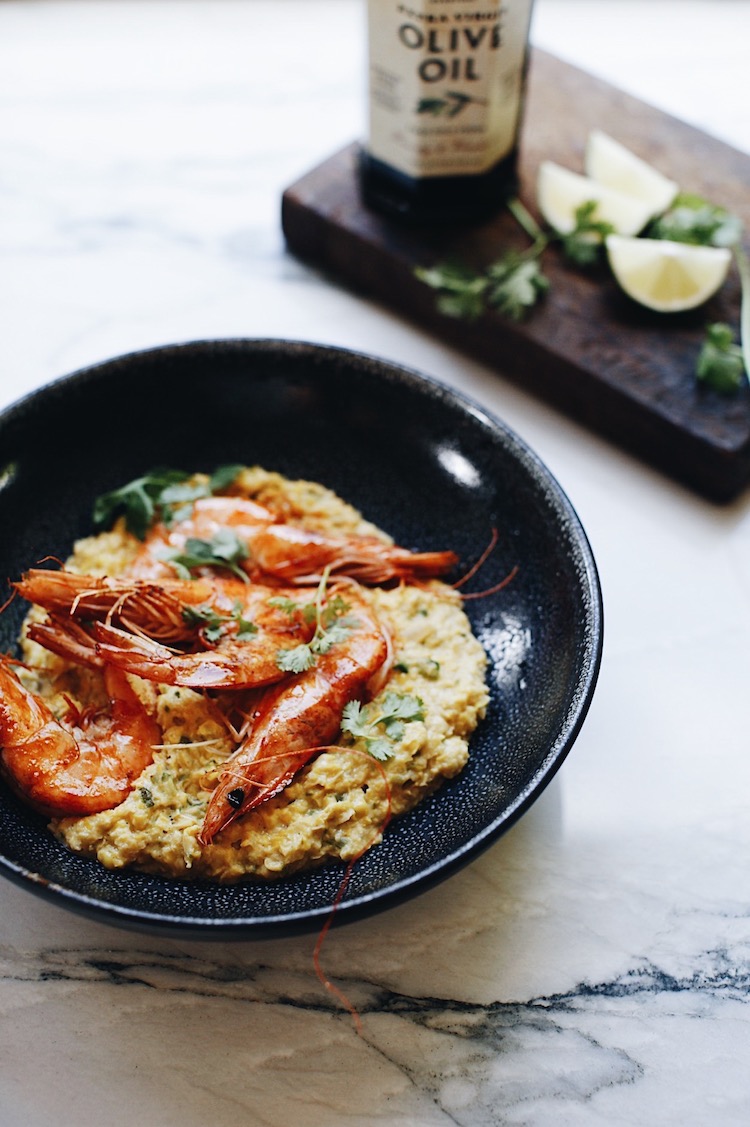

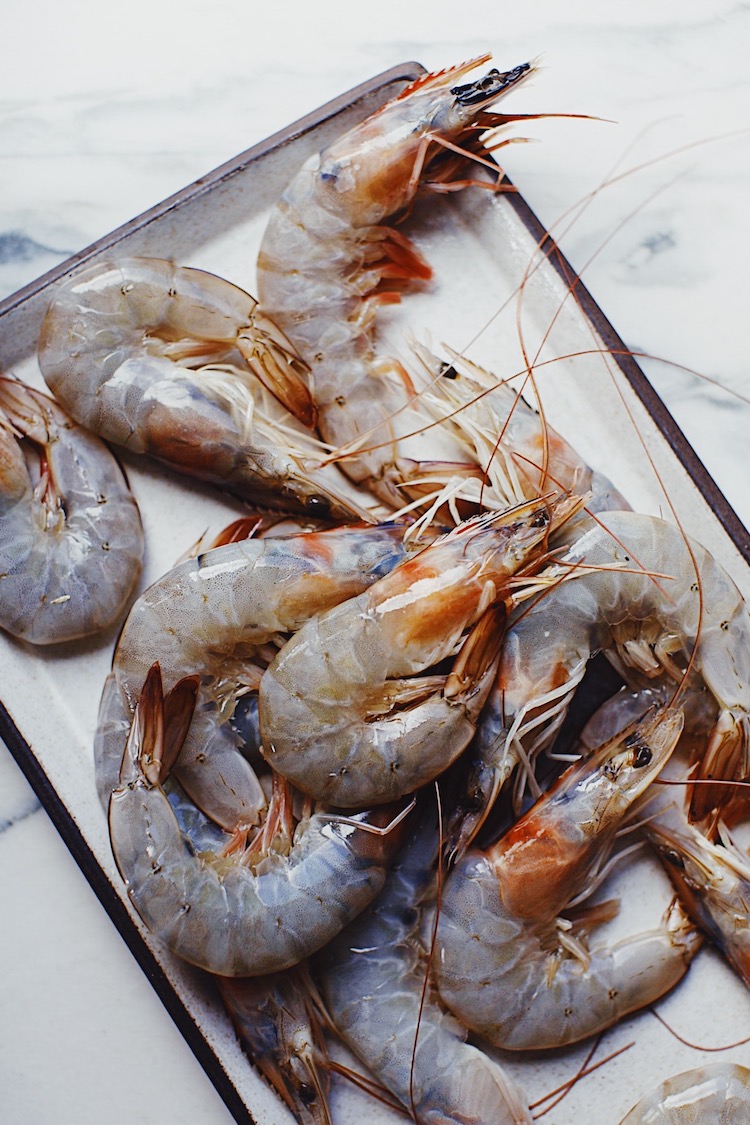
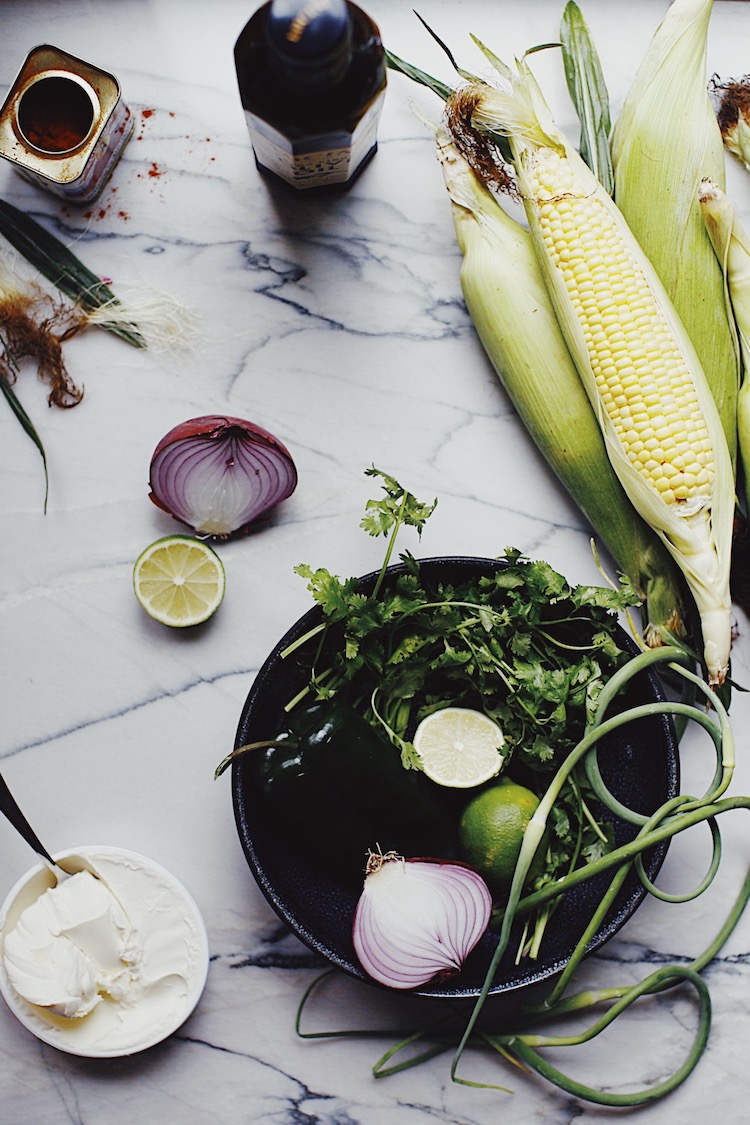
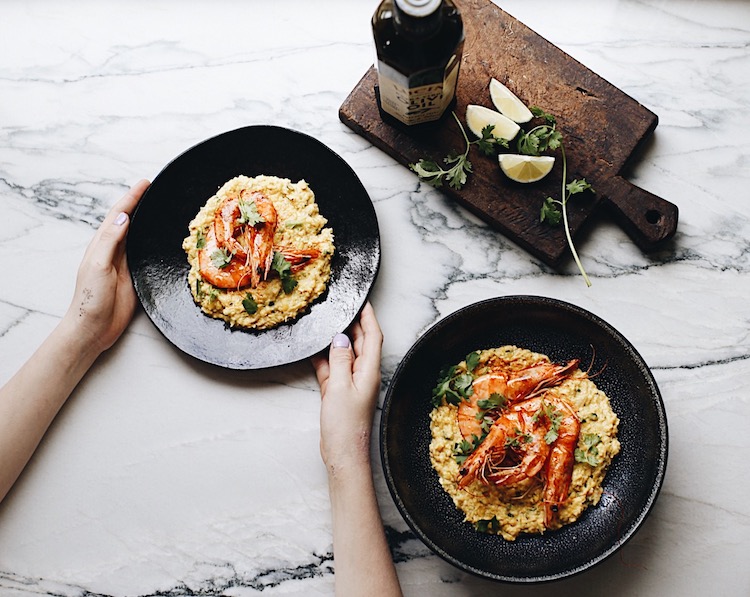
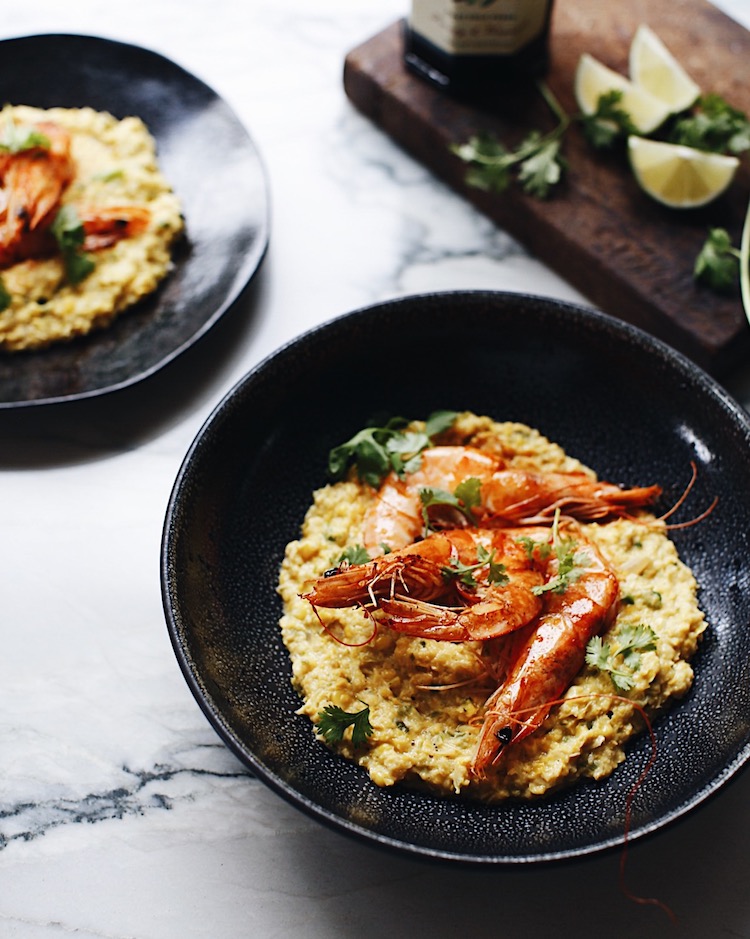

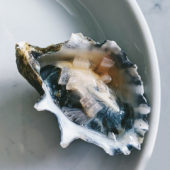

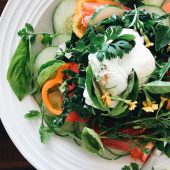
Informative and Interesting blog. Hope you will publish more related article.
rhu581